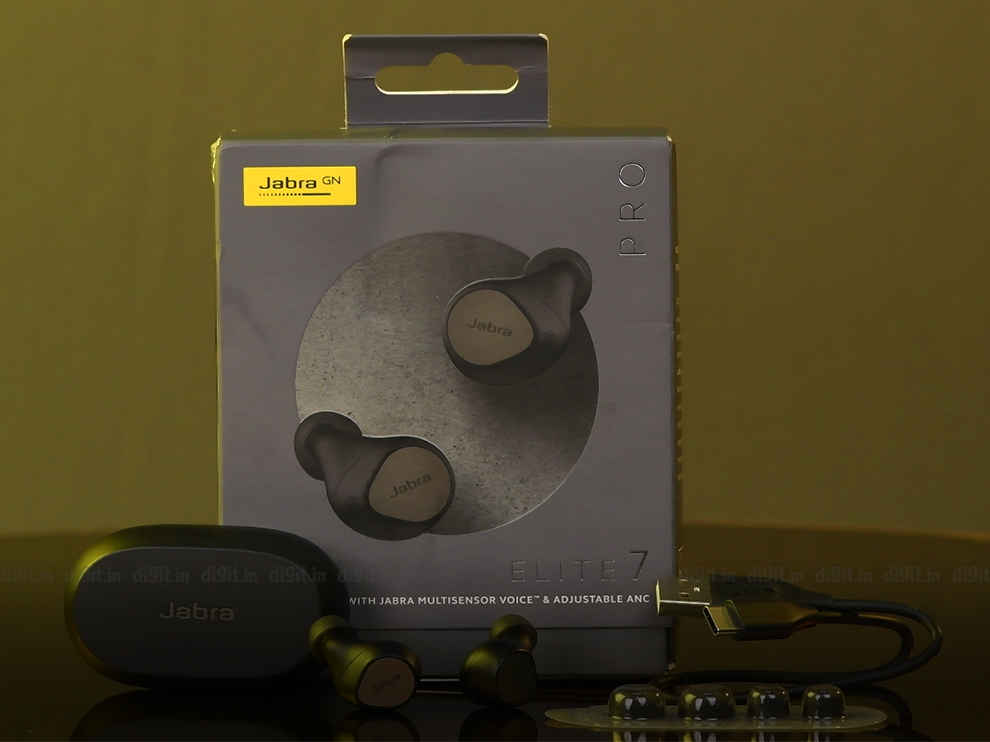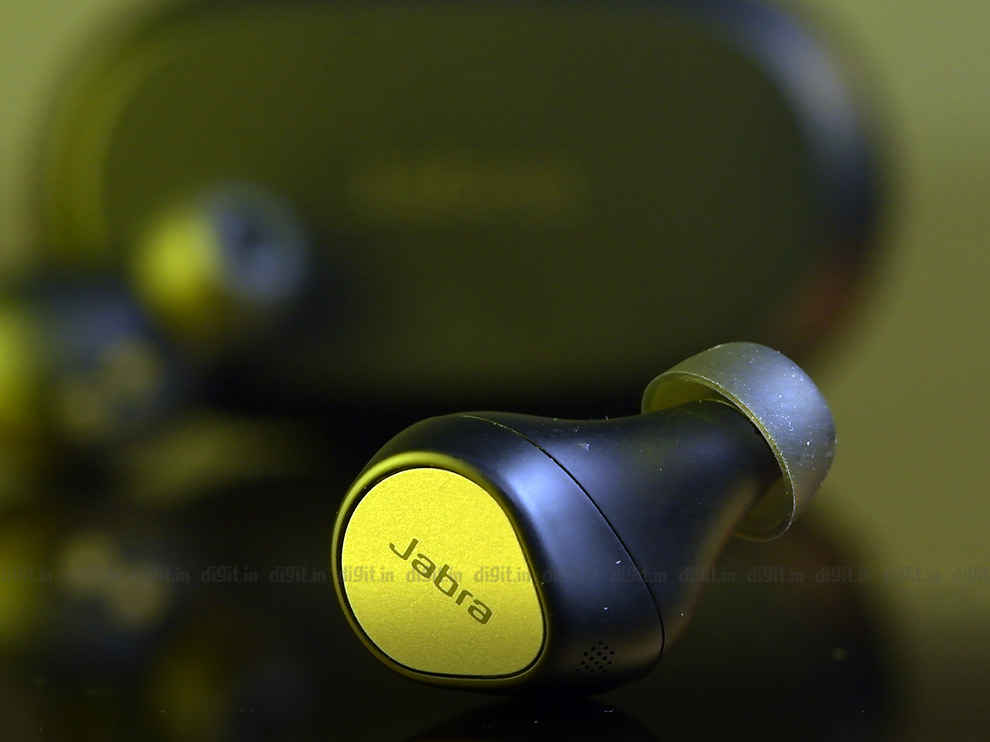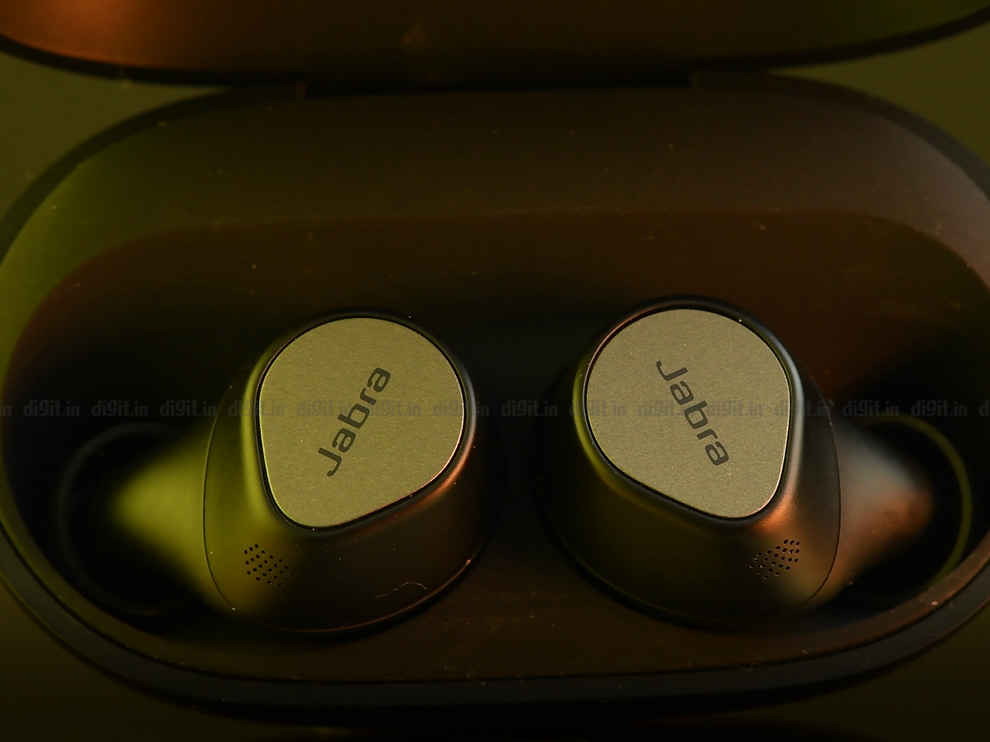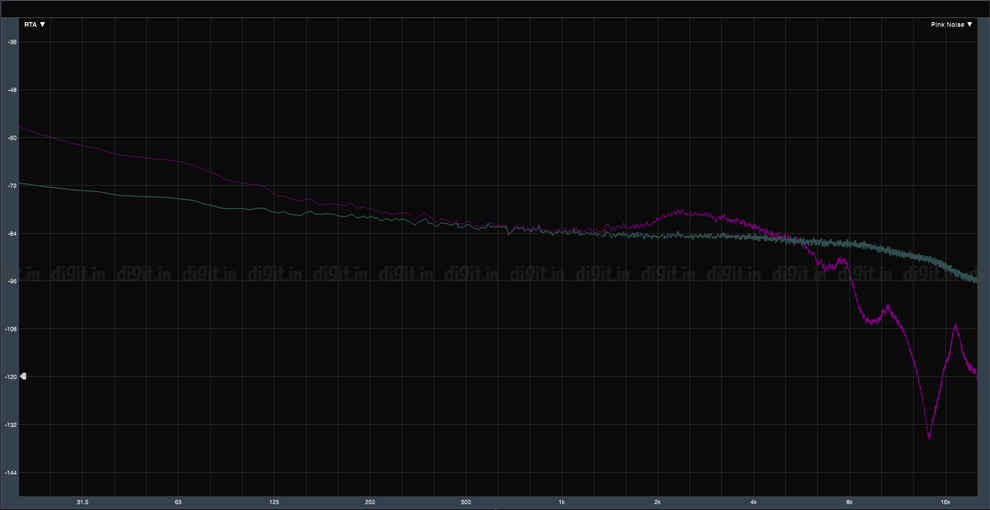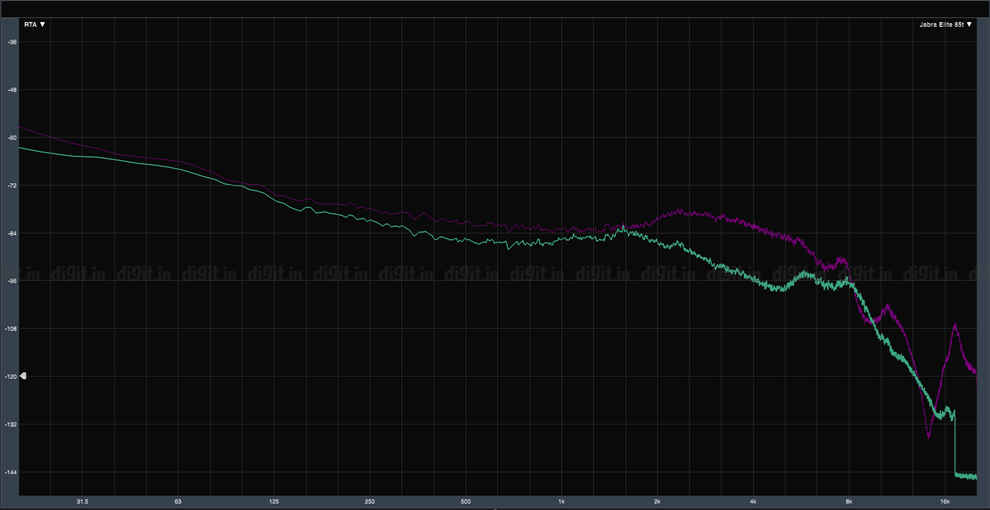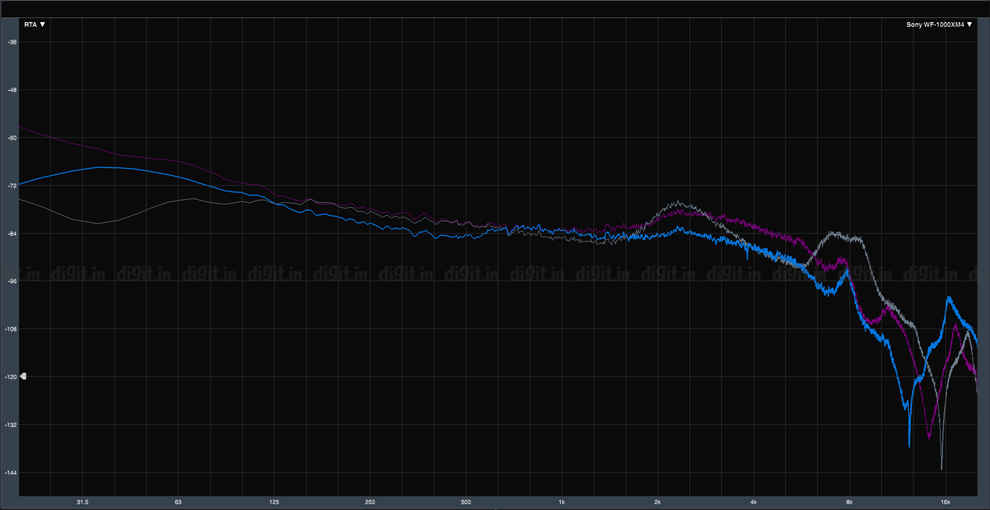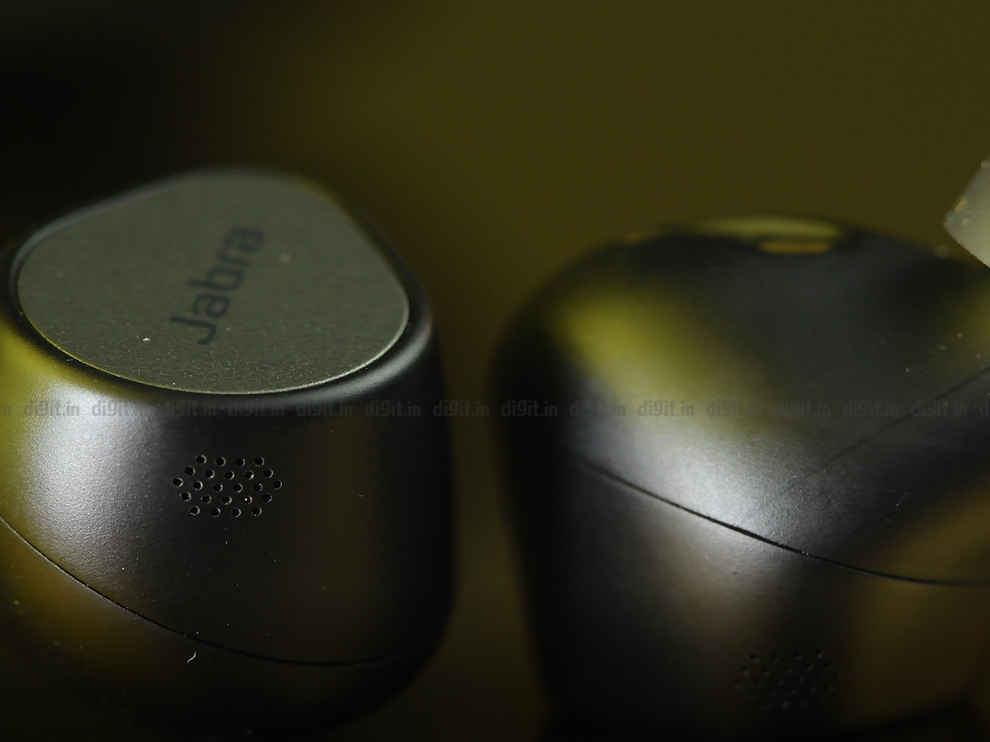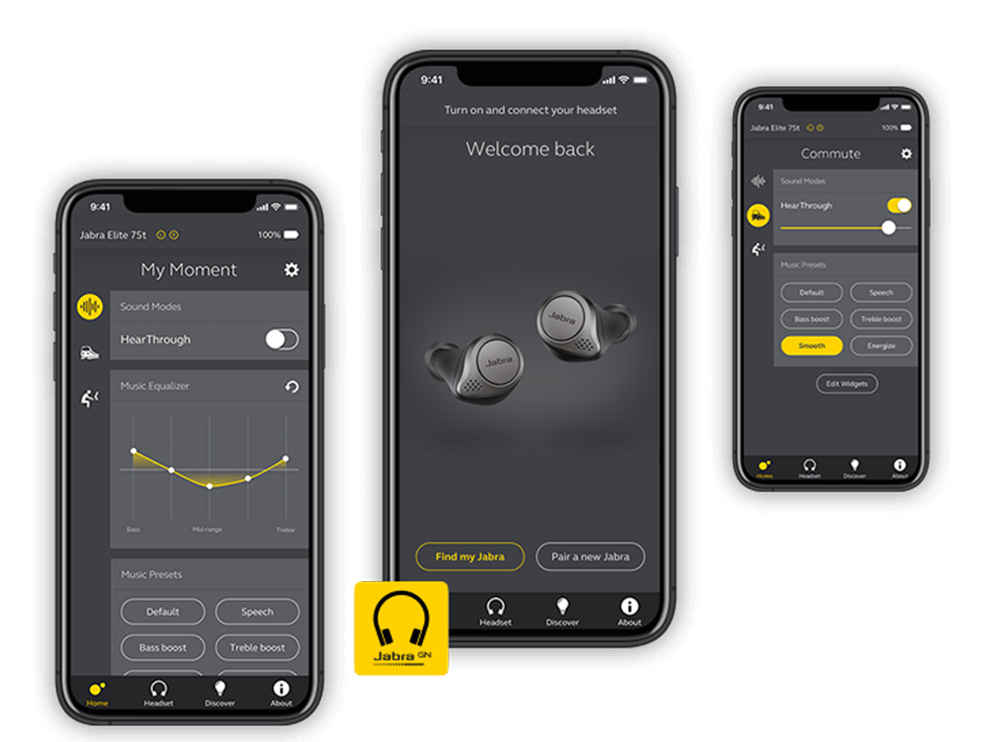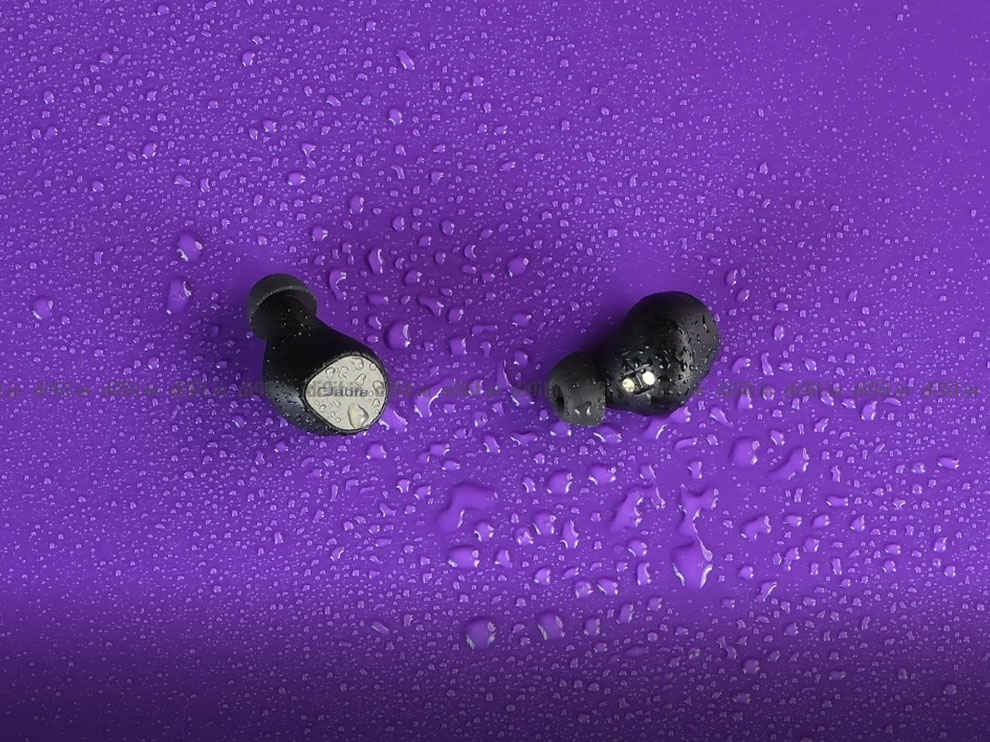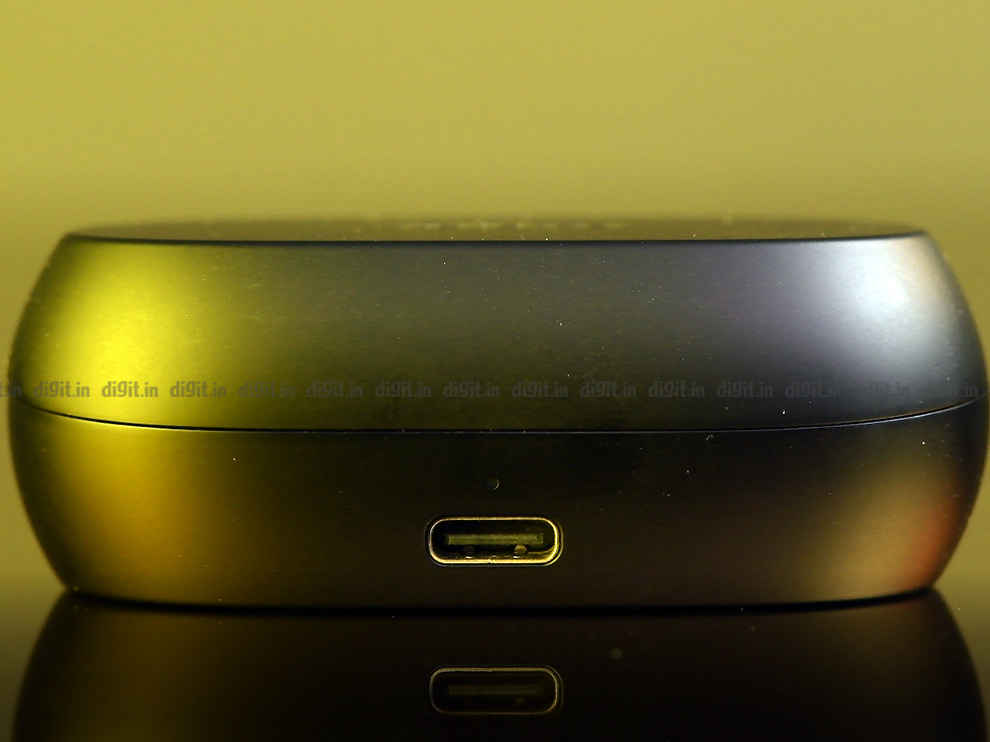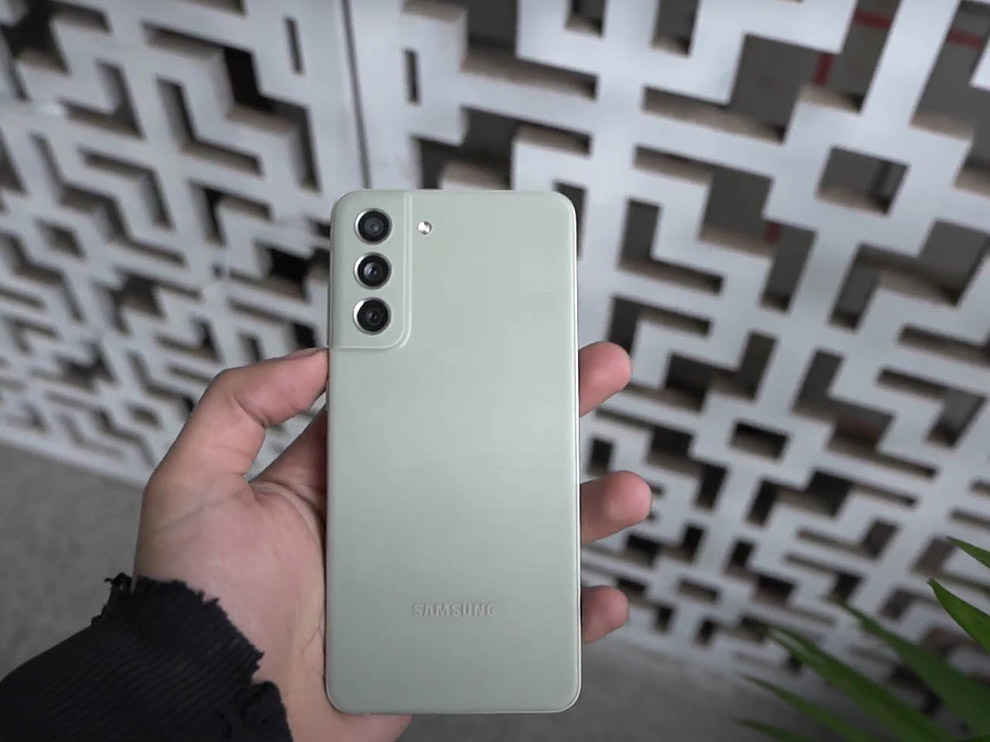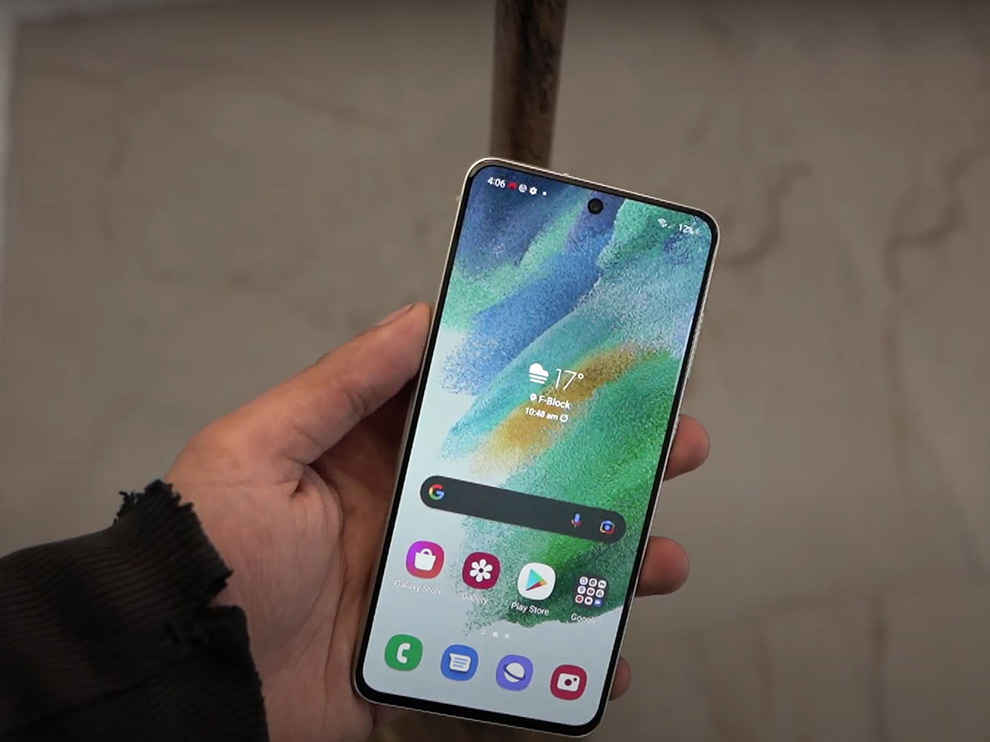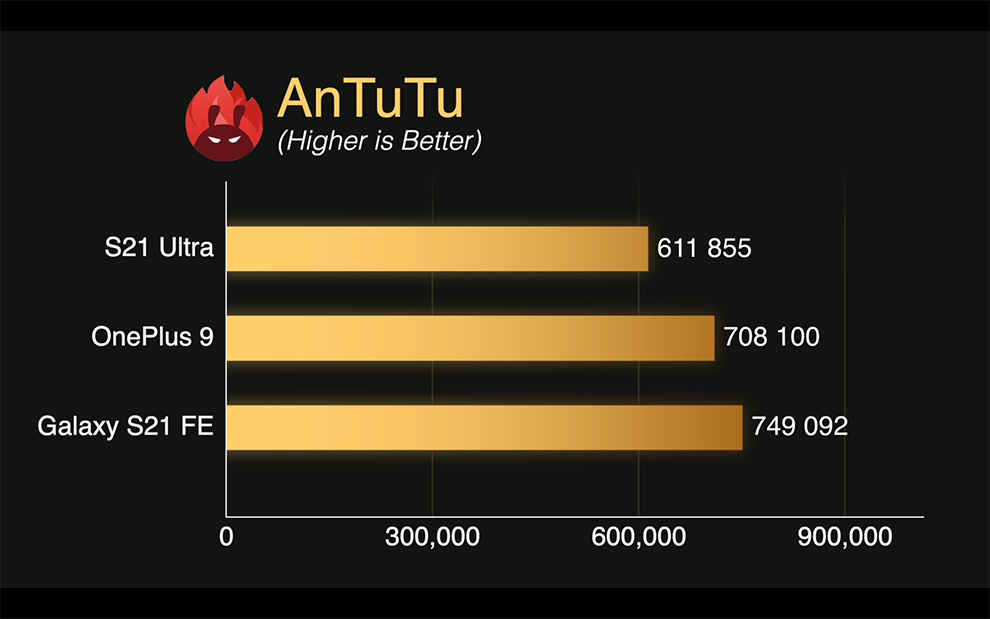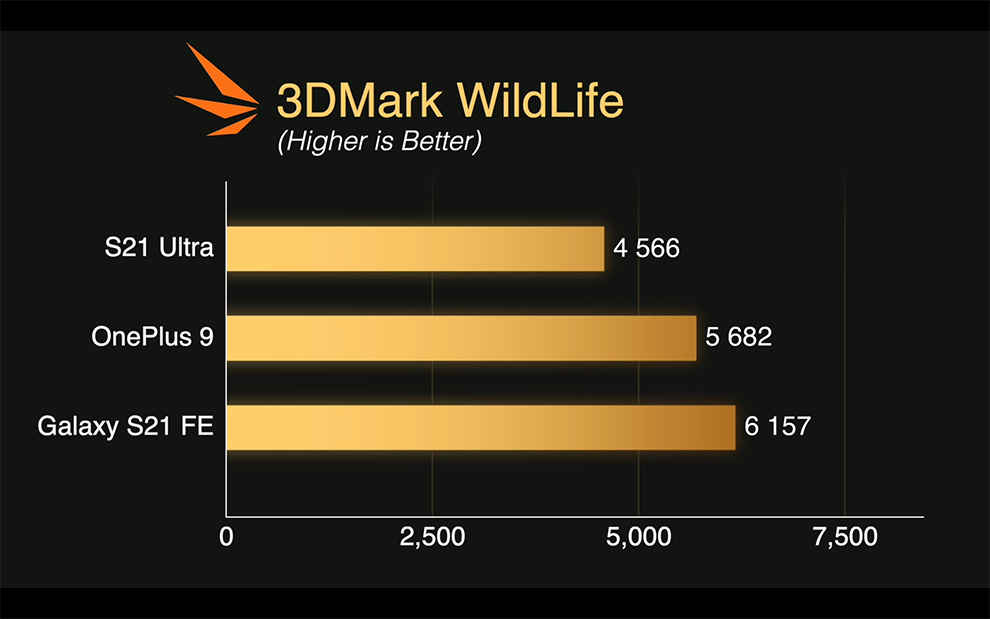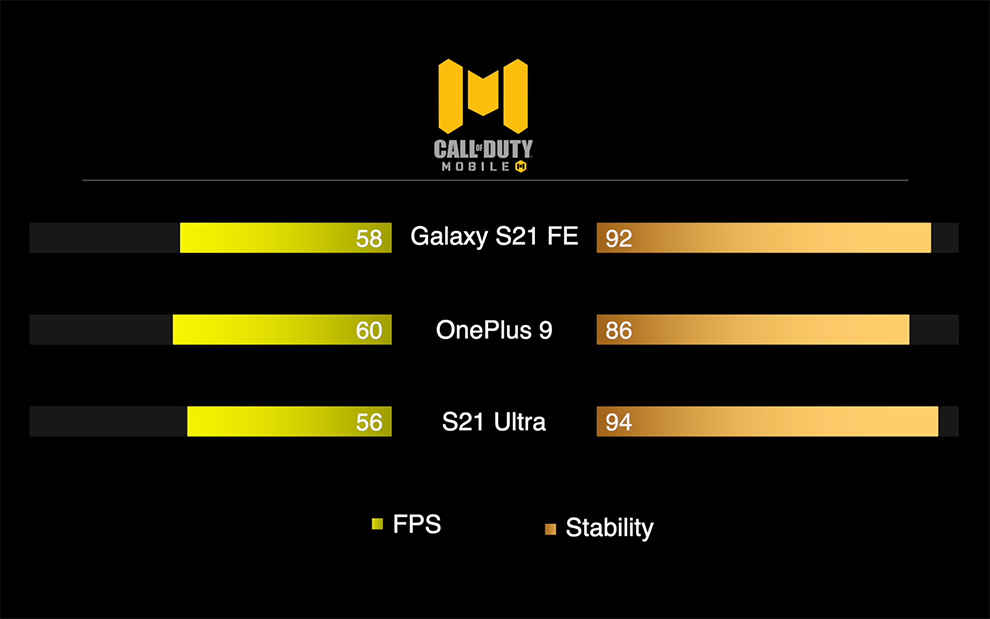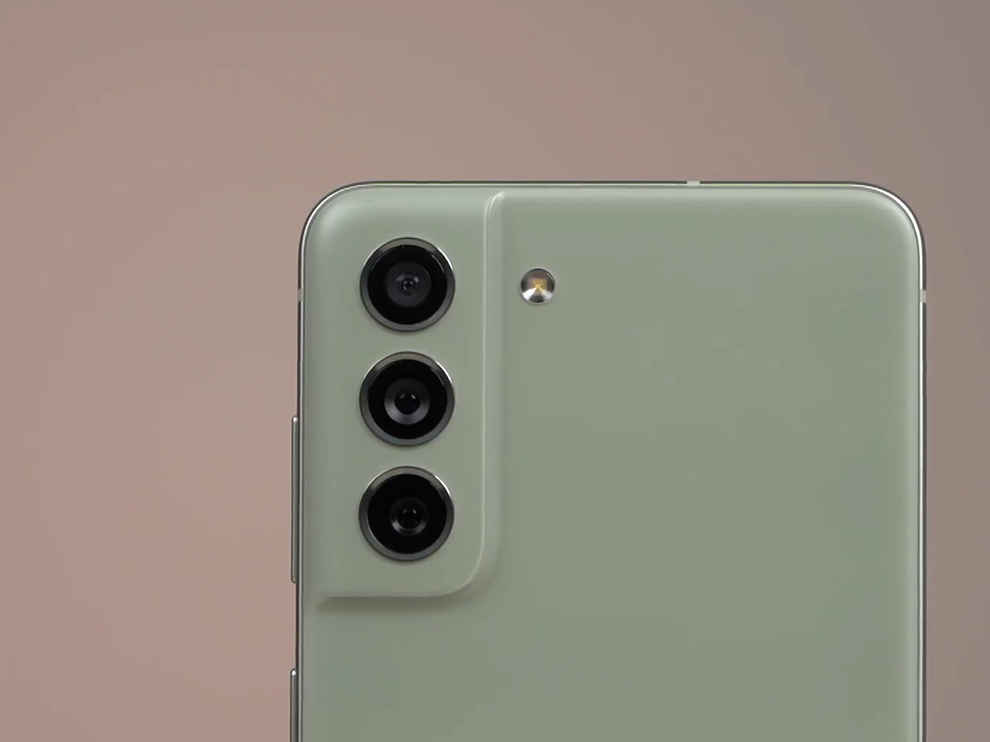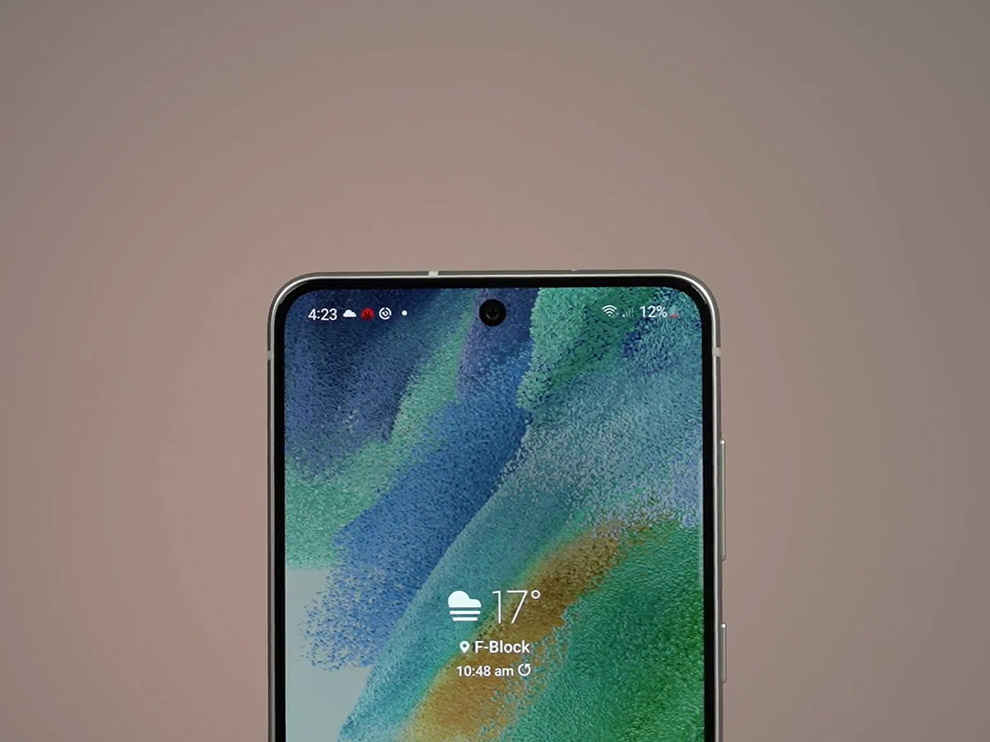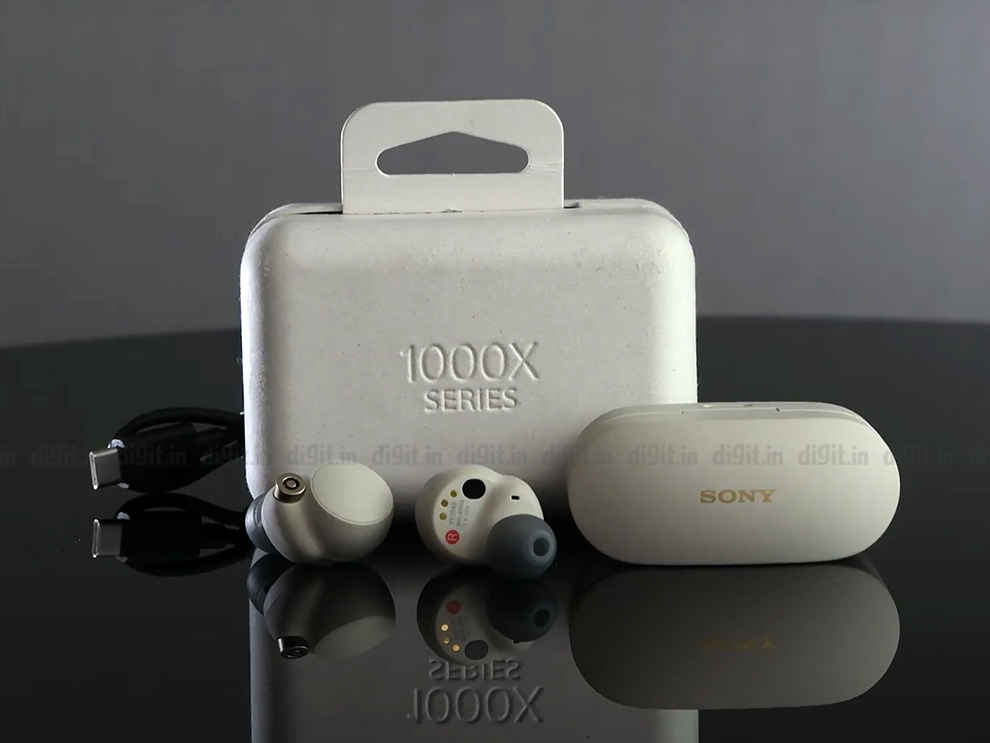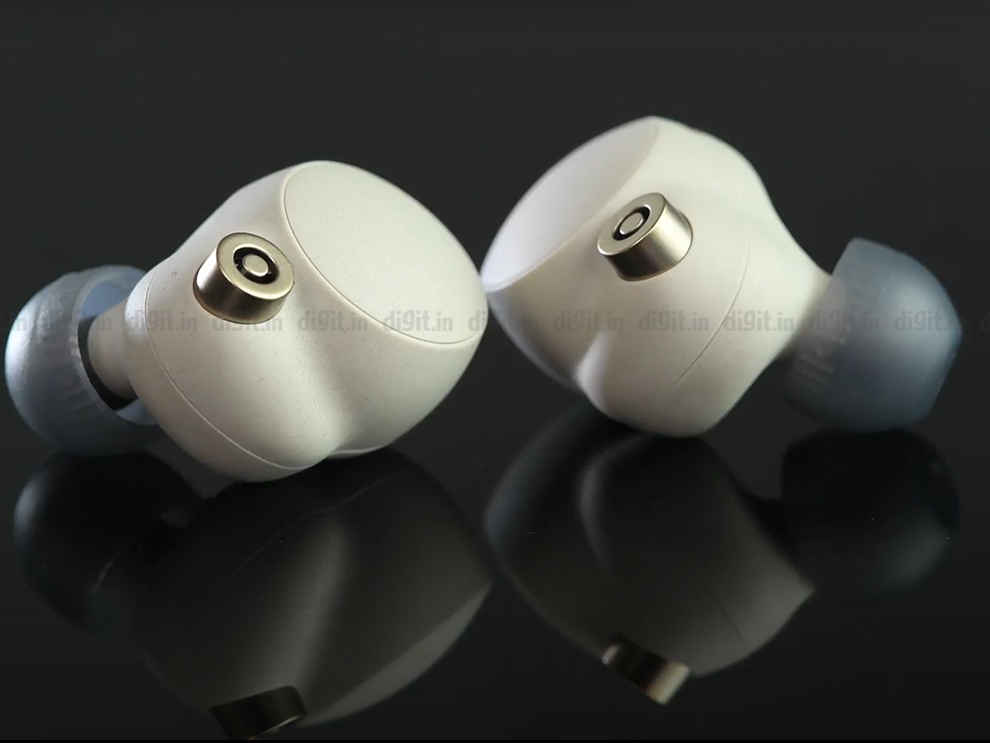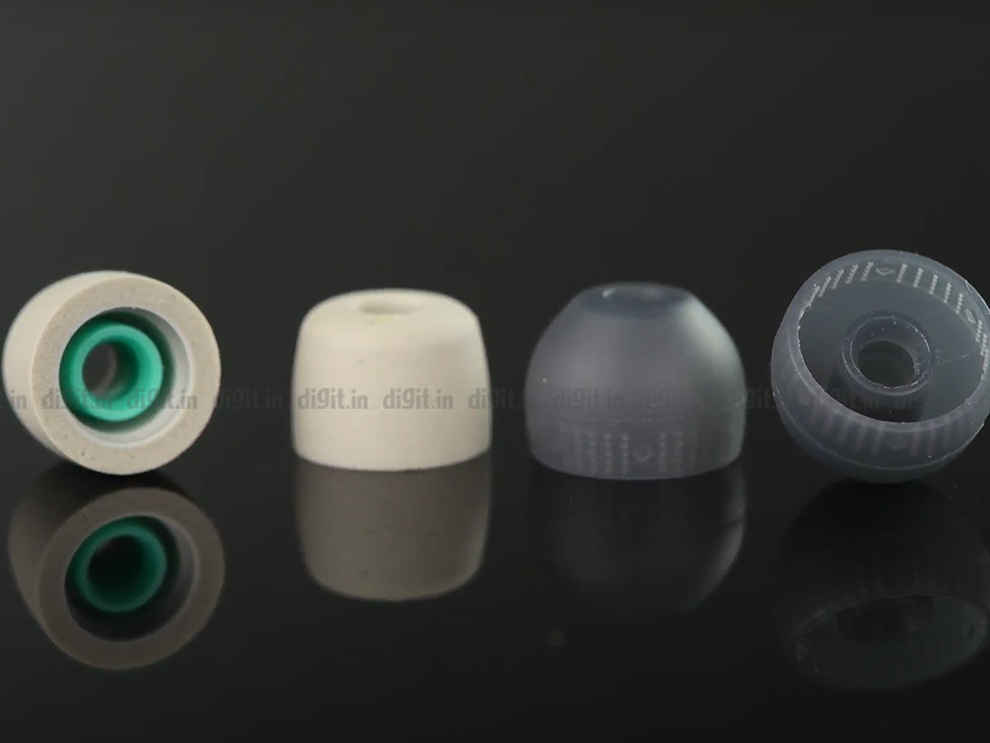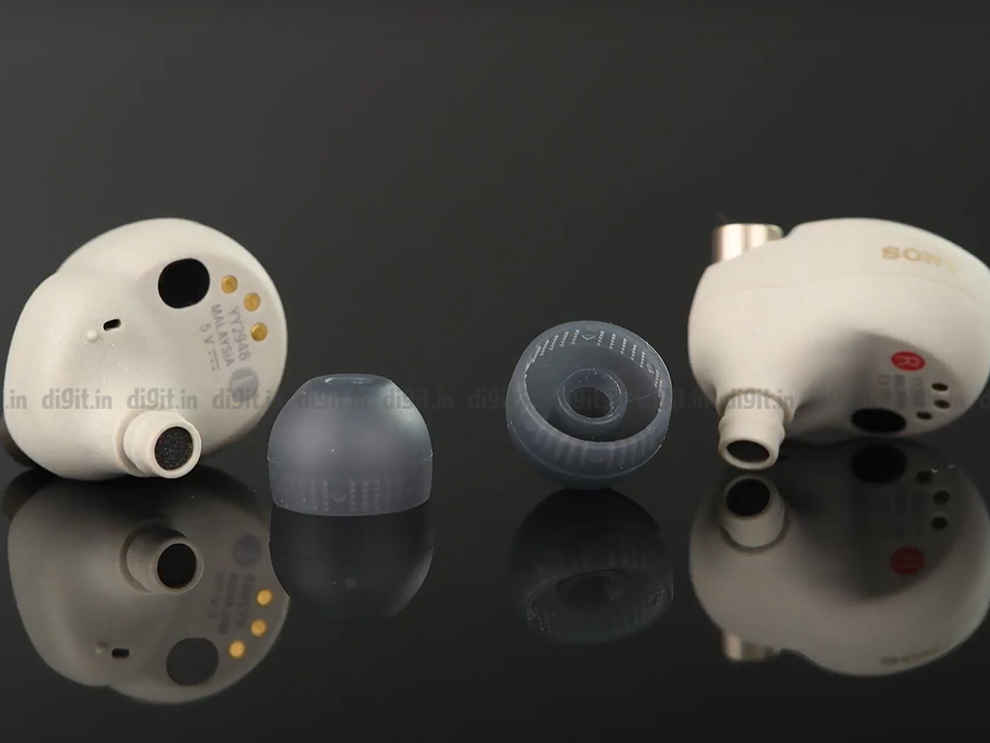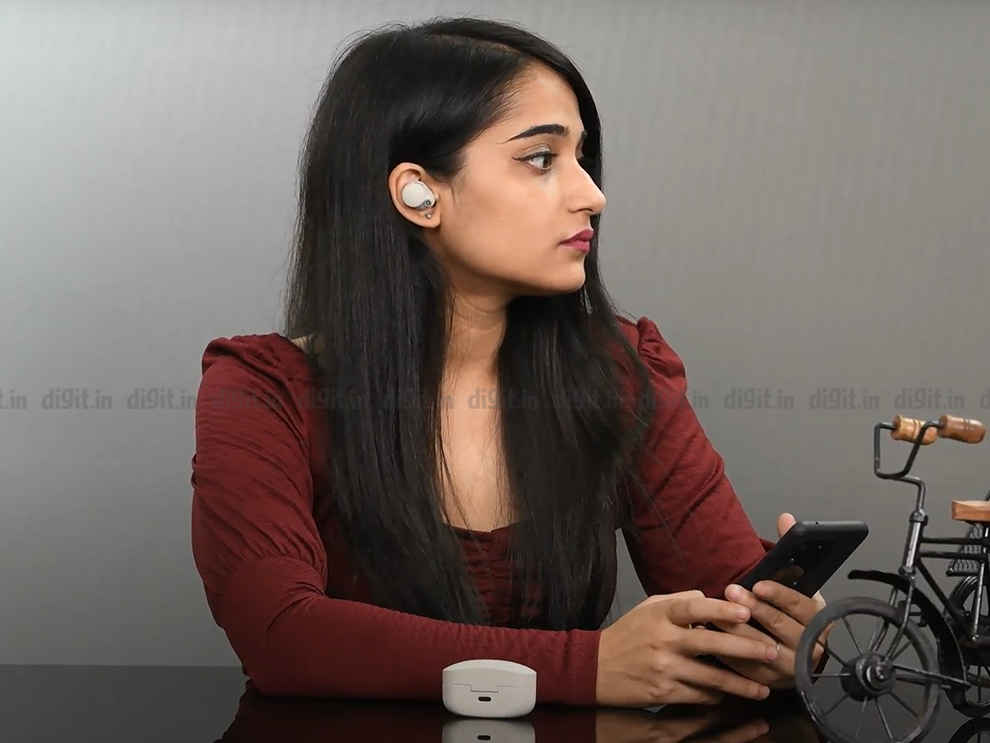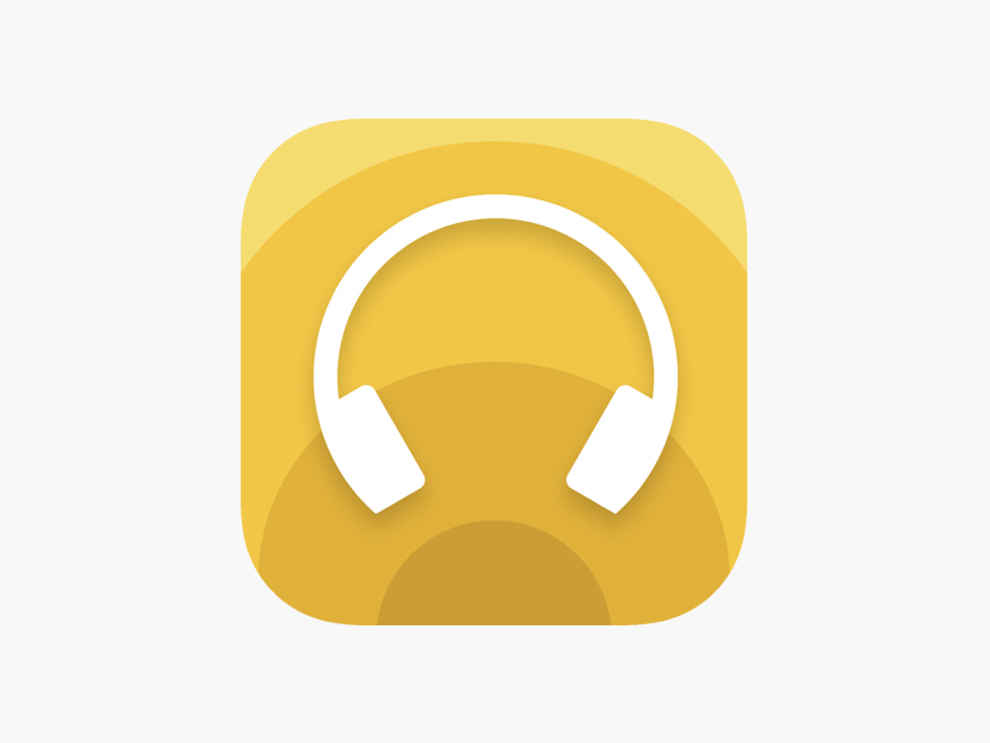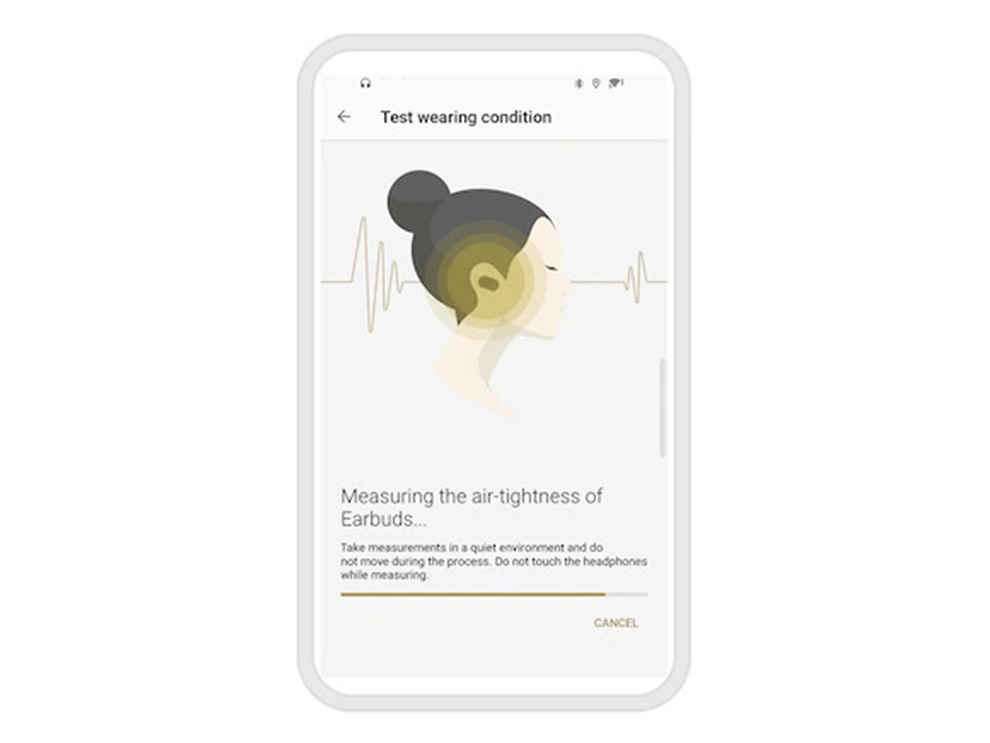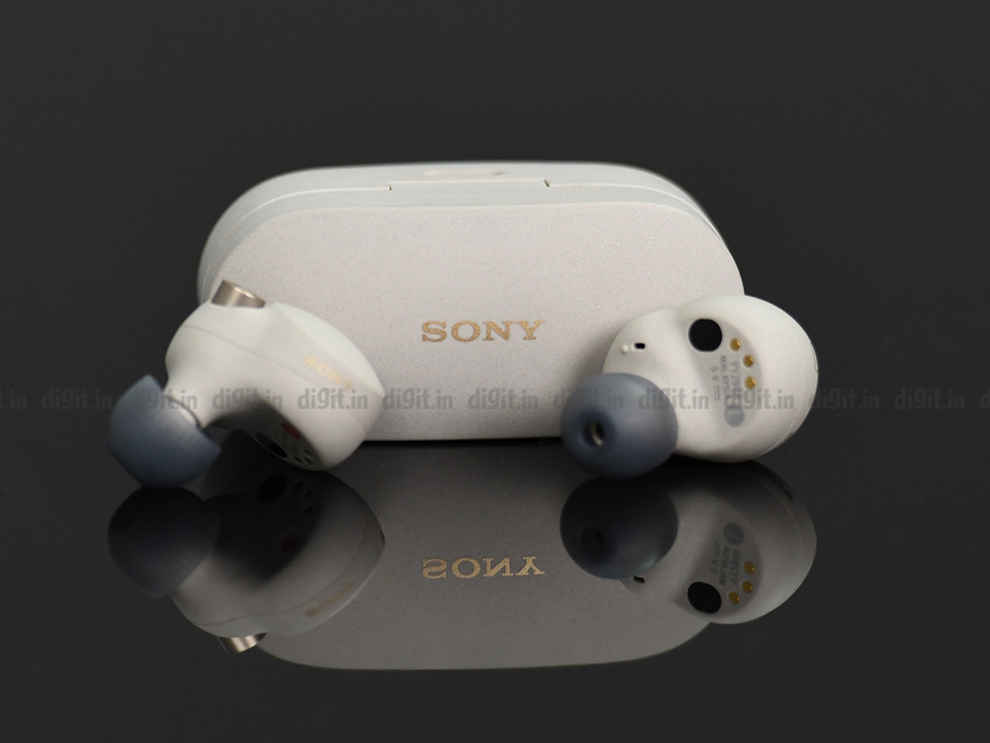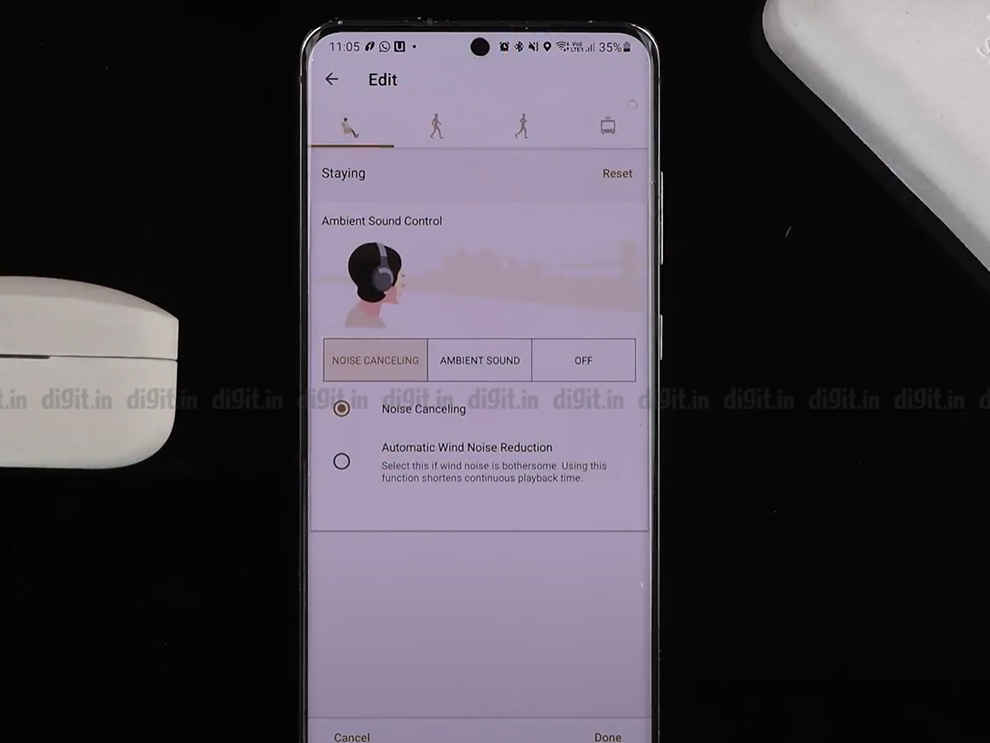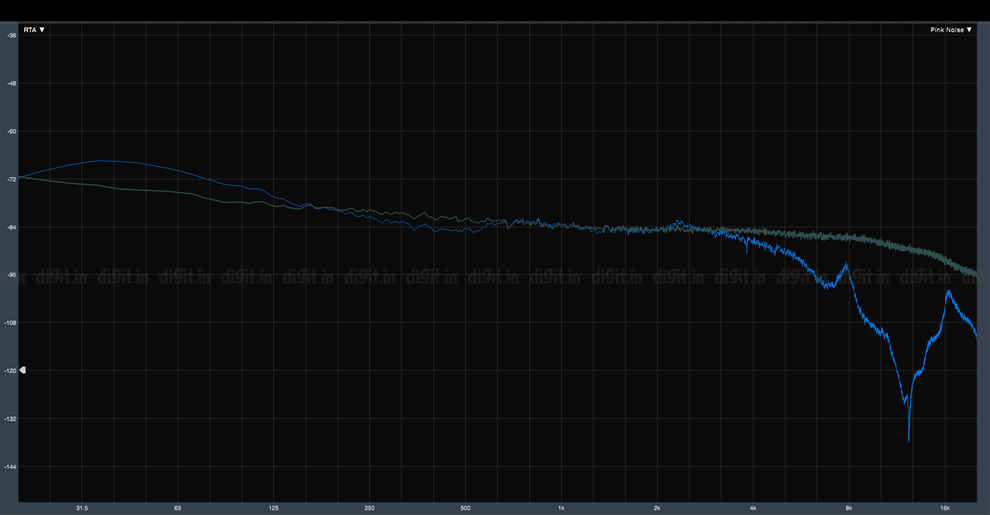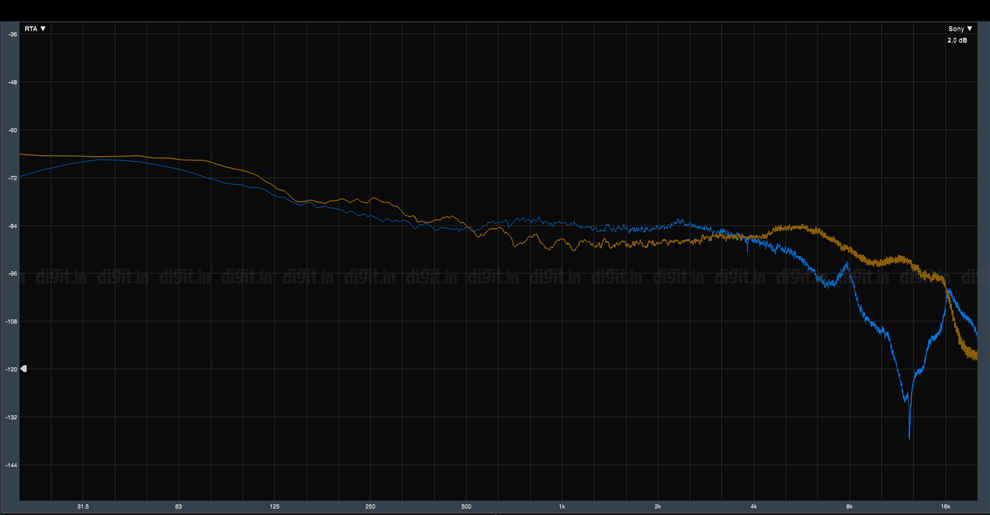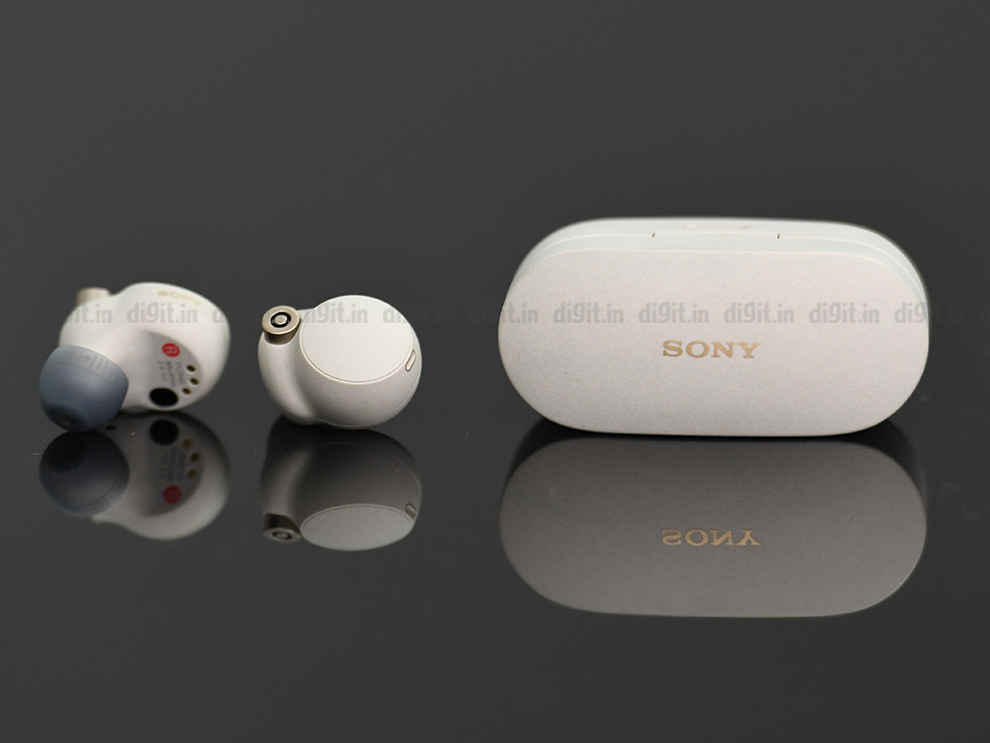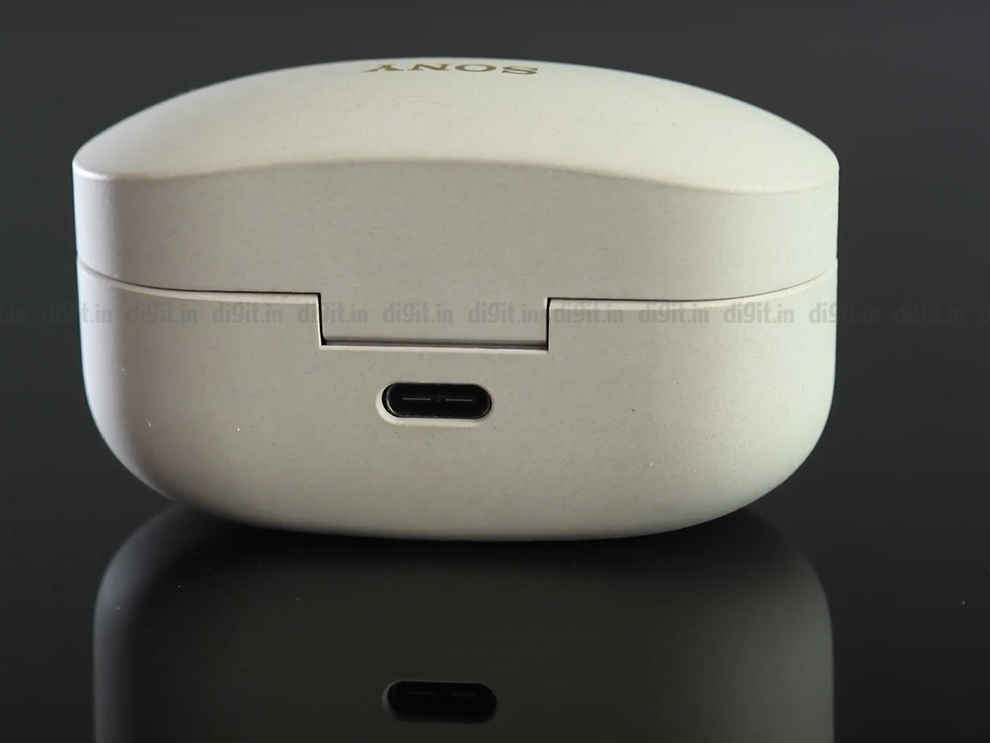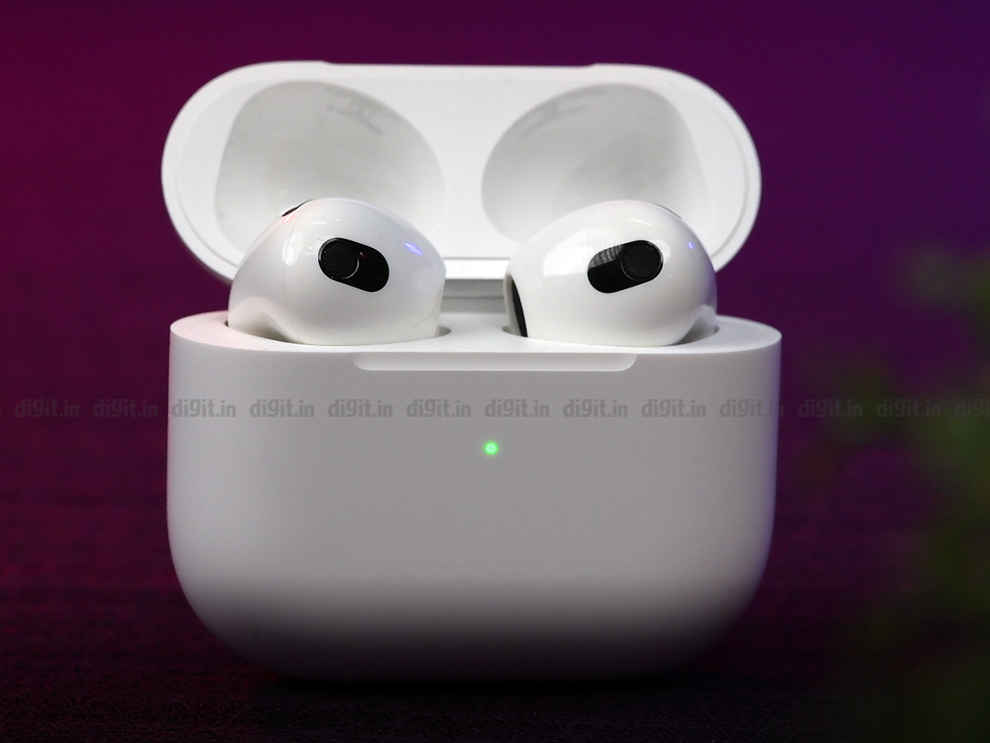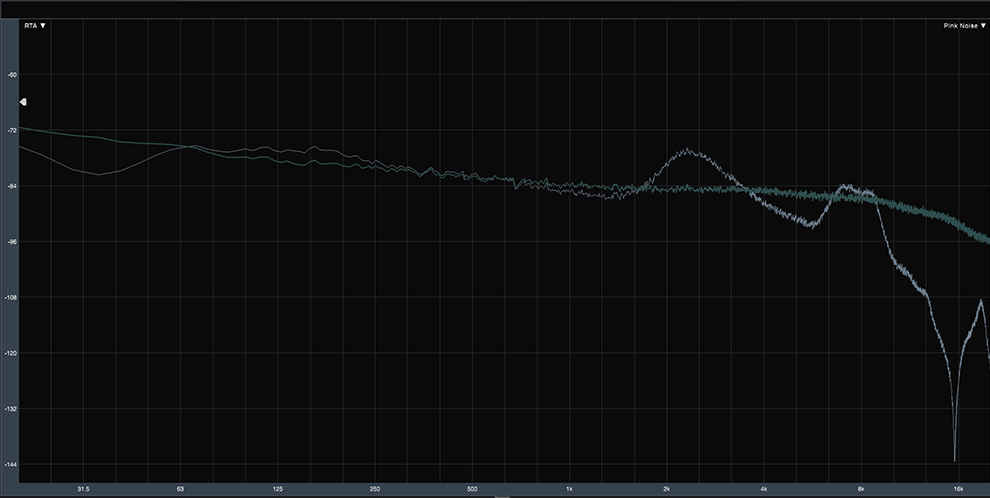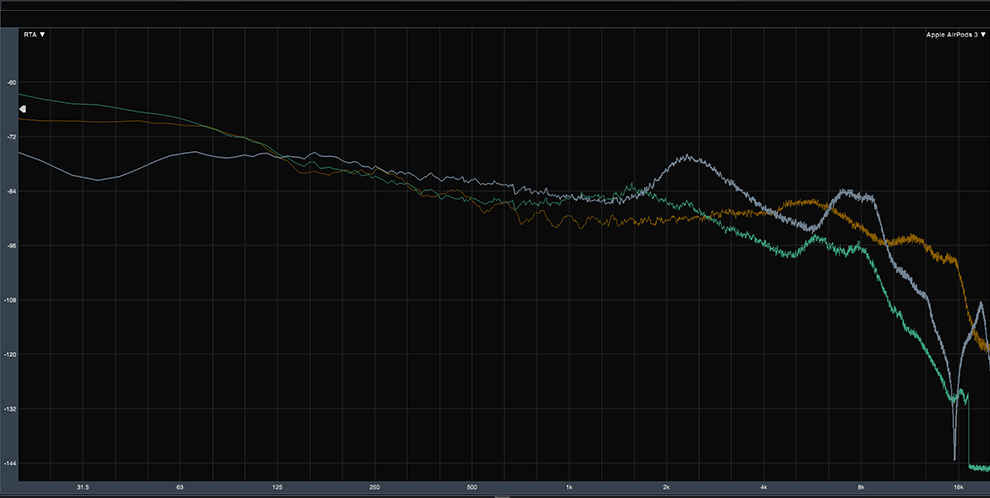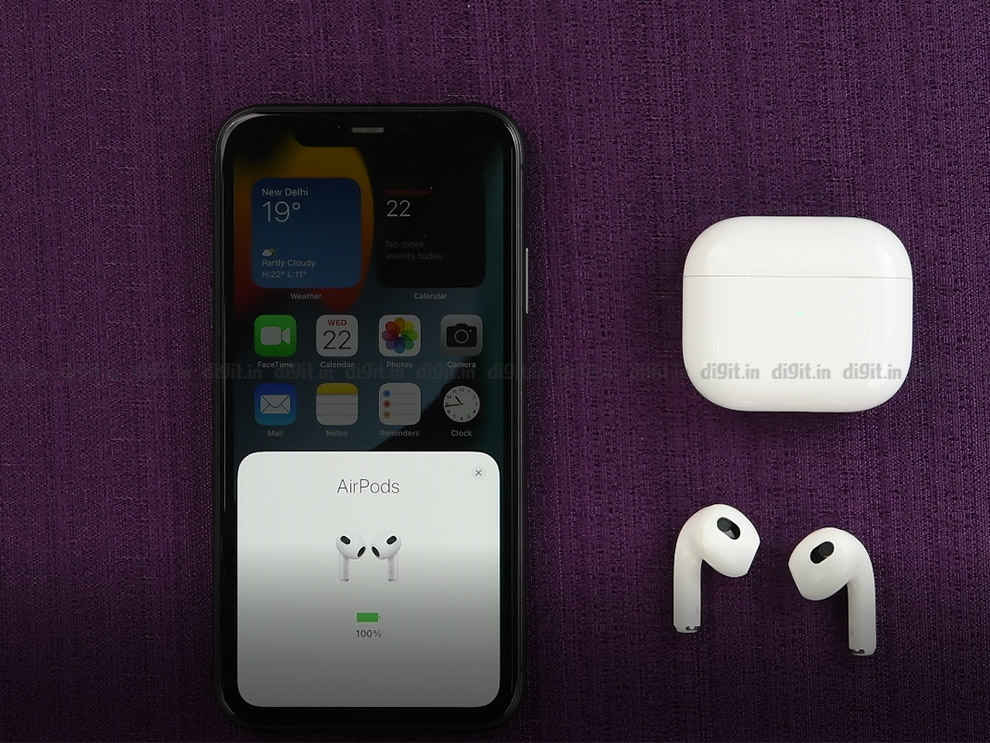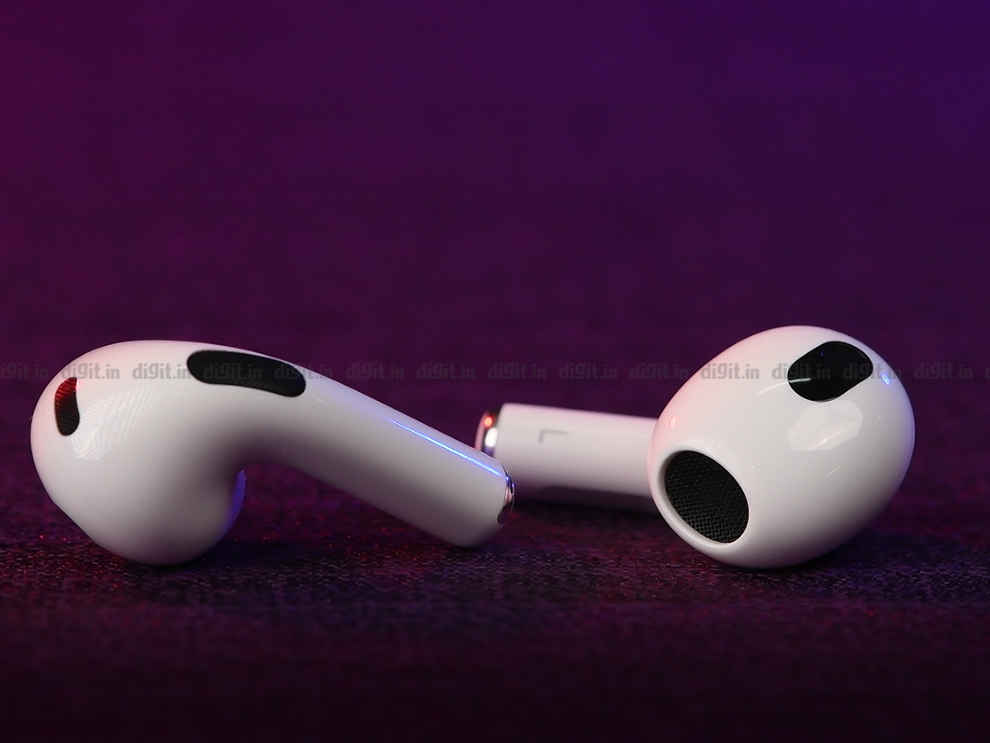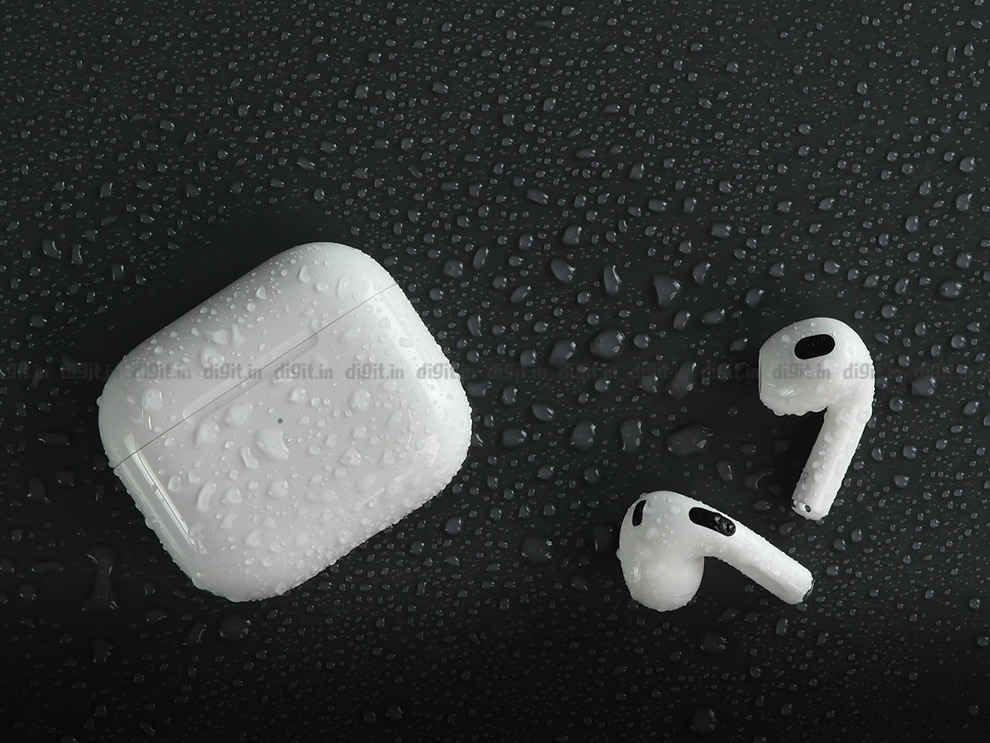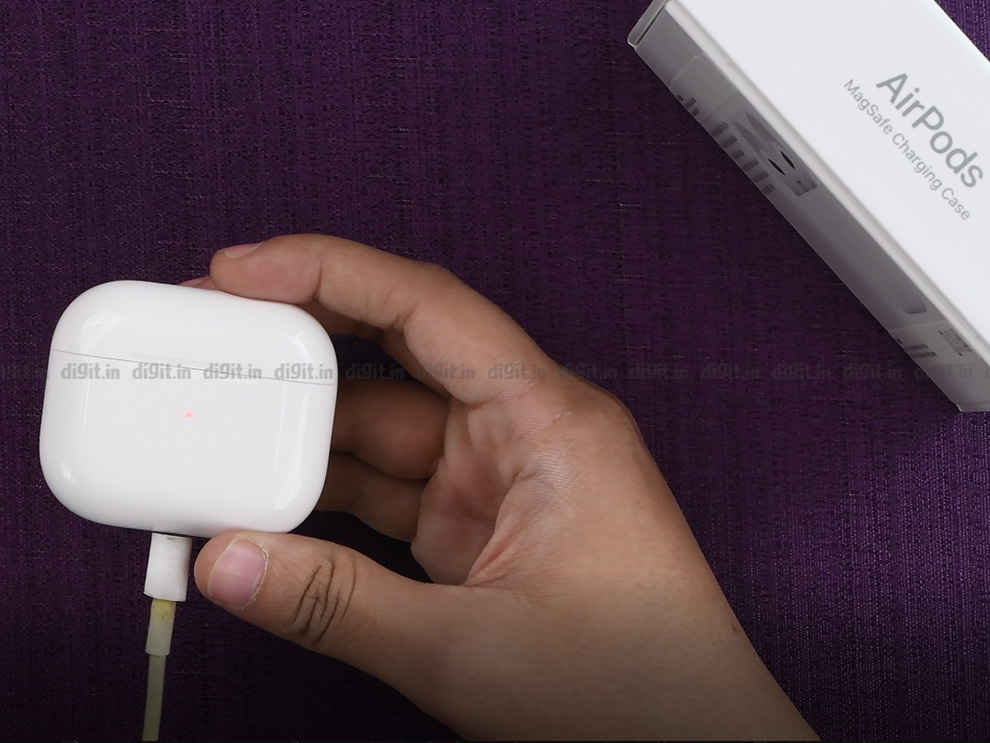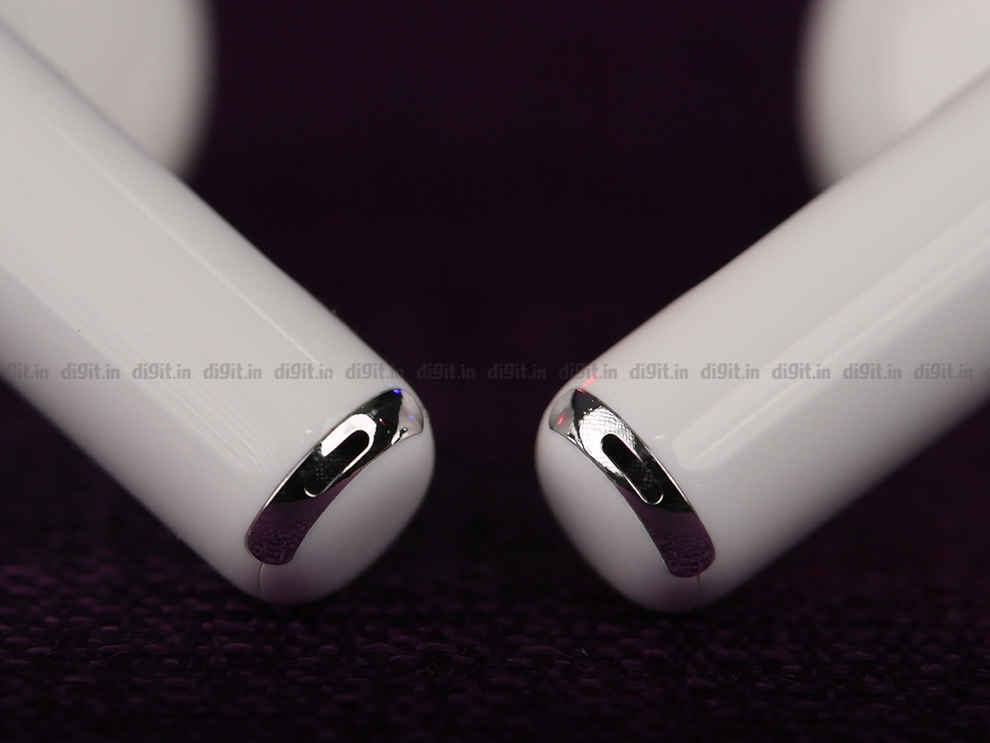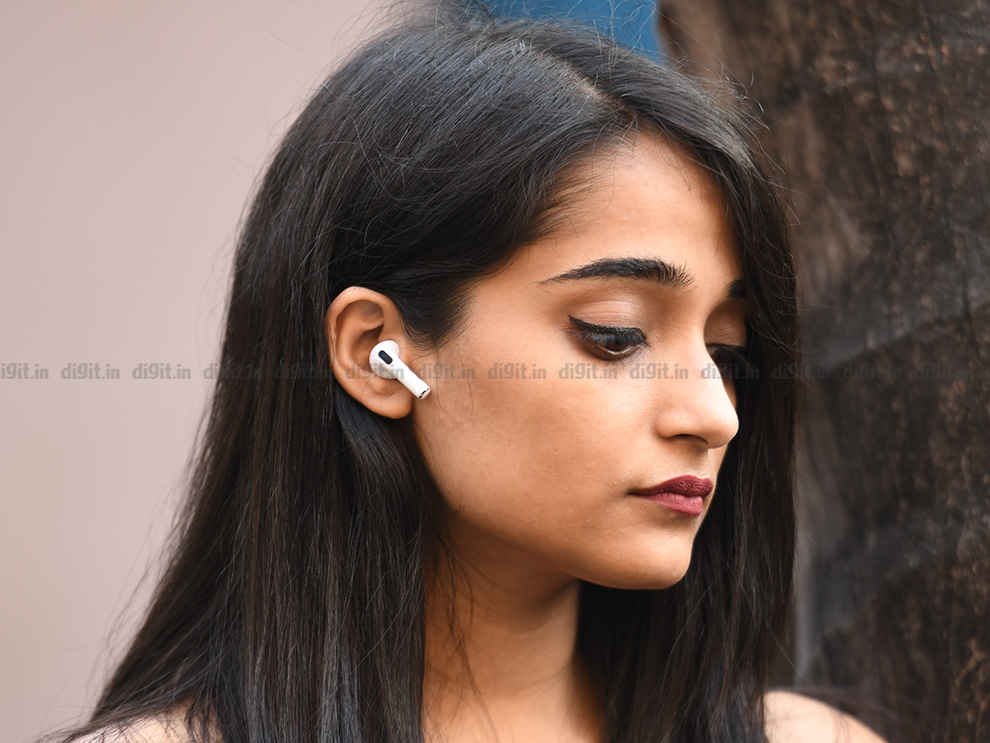The Sony HT-A7000 is a fantastic soundbar for the home theatre enthusiast who doesn't want to run cables through his house. It has a simple plug and play setup and the soundbar can auto-calibrate itself to your room. It supports all popular formats including Dolby Atmos and Sony’s own 360 Reality Audio. It has two HDMI 2.1 ports for a 4K 120Hz pass-through. The soundbar is yet to receive an update to support VRR (Variable Refresh Rate) and ALLM (Auto Low Latency Mode) but the two HDMI 2.1 ports make this device futureproof. It has excellent build quality. The overall sound quality is absolutely immersive with a decent representation of Dolby Atmos height channels via its up-firing drivers. The only downside is that the soundbar is very premium priced. As of writing this review, the Sony HT-A7000, paired with the SW3 subwoofer is priced at Rs 1,50,980. The variant we got for review - the HT-A7000 paired with the more powerful SW5 subwoofer is priced at Rs 1,77,980. The SA-RS3S surround speakers are an additional Rs 30,990. It does deliver some breathtaking sound with some impressive surround effects when you get the complete package.
The value of a home theatre has increased tremendously over the past 2 years - and rightly so. While a lot of movies have been released in the theatre only, it hasn't taken them long to transition to streaming services online. Streaming service providers like Netflix, Prime Video, Disney+ Hotstar and more have cashed in on people spending more time at home by offering quality content in high fidelity formats like 4K, HDR, Dolby Vision and Dolby Atmos. To enjoy the content in its fullest fidelity, one needs to invest in a TV capable of doing justice to these formats. But the TV is just one half of the entertainment story. To truly immerse yourself, you need to invest in a quality home theatre as well. While the debate for soundbar vs home theatre is a never-ending one, we can safely say that soundbars have started offering a very immersive experience especially when you consider their plug and play setup. Today we have with us Sony’s flagship modular soundbar - the HT-A7000. You can purchase the soundbar separately with the option of two different wireless subwoofers and can invest in rear surround speakers later if you like. The soundbar boasts of support for Dolby Atmos along with Sony’s own 360 Reality Audio.
While you can get the bar, sub and satellite speakers separately, for the purpose of this review we have used them all together as a package and will touch upon what it's like using the system as a whole or just the individual components.
Sony HT-A7000 What’s in the boxIn the box, you get the soundbar itself along with an HDMI cable, power cable remote control, and audio cable. The HDMI cable that comes in the box is identical to the one you get with the PS5. It is an HDMI 2.1 cable and the soundbar has two HDMI 2.1 passthrough ports. In the subwoofer box, we get just the subwoofer and the power cable. In the satellite speakers' box, we get two satellite speakers and two power cables.
Sony HT-A7000 Connectivity optionsWhen it comes to connectivity options, the Sony HT-A7000 has an HDMI port for eARC and two HDMI pass-through ports that support HDMI 2.1 along with 4K/120Hz and Dolby Vision passthrough. The soundbar also has an optical port, aux port, Bluetooth 5.0 and Wi-Fi. The speaker also boasts support for DTS-X, Dolby Atmos and Sony’s own 360 Reality Audio. The soundbar has upward-firing drivers along with side-firing beam tweeters, five front-firing drivers and built-in dual subwoofers. These dual-subwoofers are active when you aren't using the dedicated subwoofer. But when the wireless sub is paired with the bar, the low frequencies are transferred to the sub. When it comes to smart features, the speaker supports Amazon Alexa along with Chromecast.
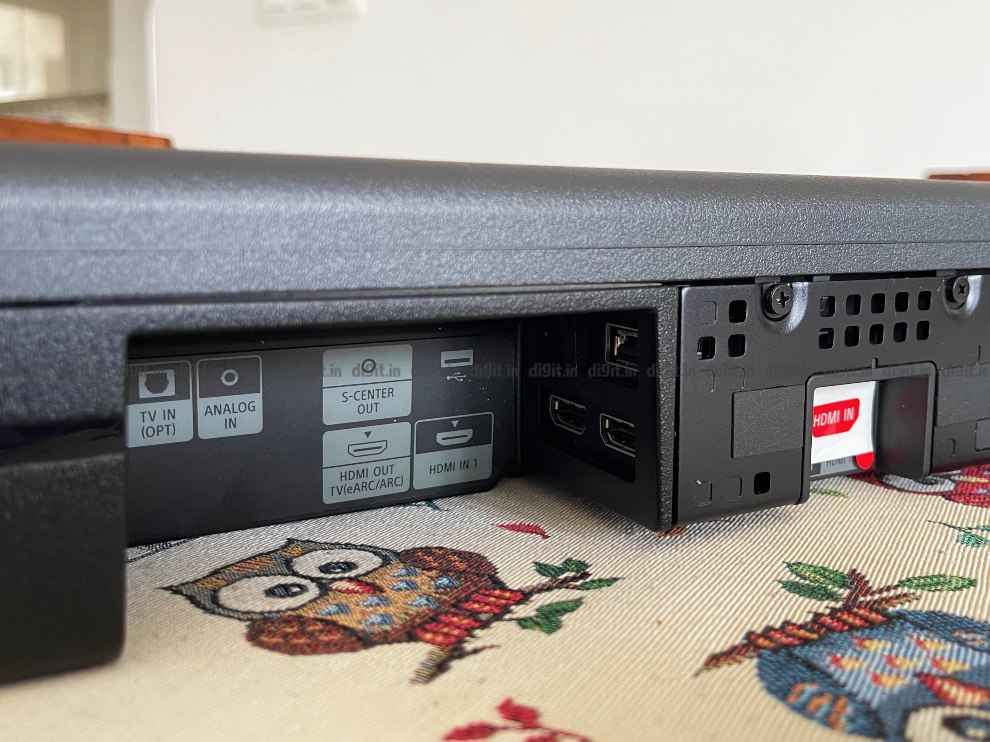
Setting up the Sony HT-A7000 is plug and play. Place the soundbar under the TV and connect it to the TV via the provided HDMI cable. Since the soundbar has three HDMI ports two are inputs and one is the output. Connect the soundbar and the TV by plugging the HDMI cable in the soundbar’s output port and the eARC port of your TV. Plug the subwoofer and rear satellite speakers into a power outlet. All the speakers sync to the soundbar automatically. If they don't, you can simply press the ‘link’ button behind the speaker when prompted and the little red light on the front of each speaker will turn green.
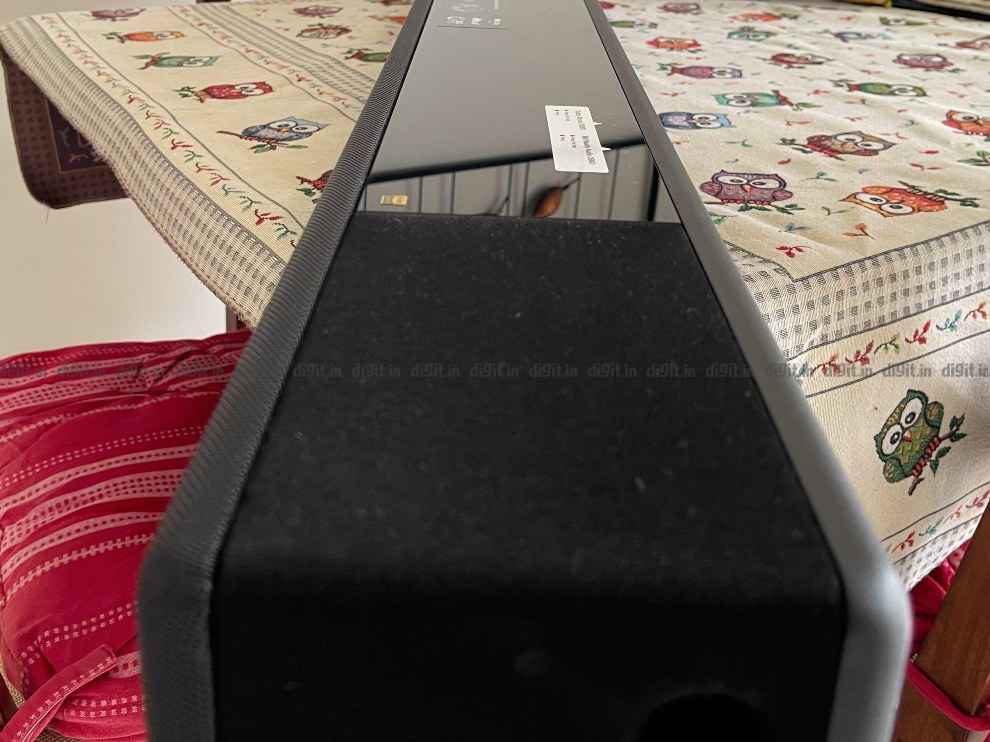
When you power on the soundbar for the first time, switch the HDMI source to the eARC port. One of the best features of the HT-A7000 is that just like the HT-Z9F (review), you get onscreen instructions for setup and settings which is a boon, especially when compared to other soundbars.
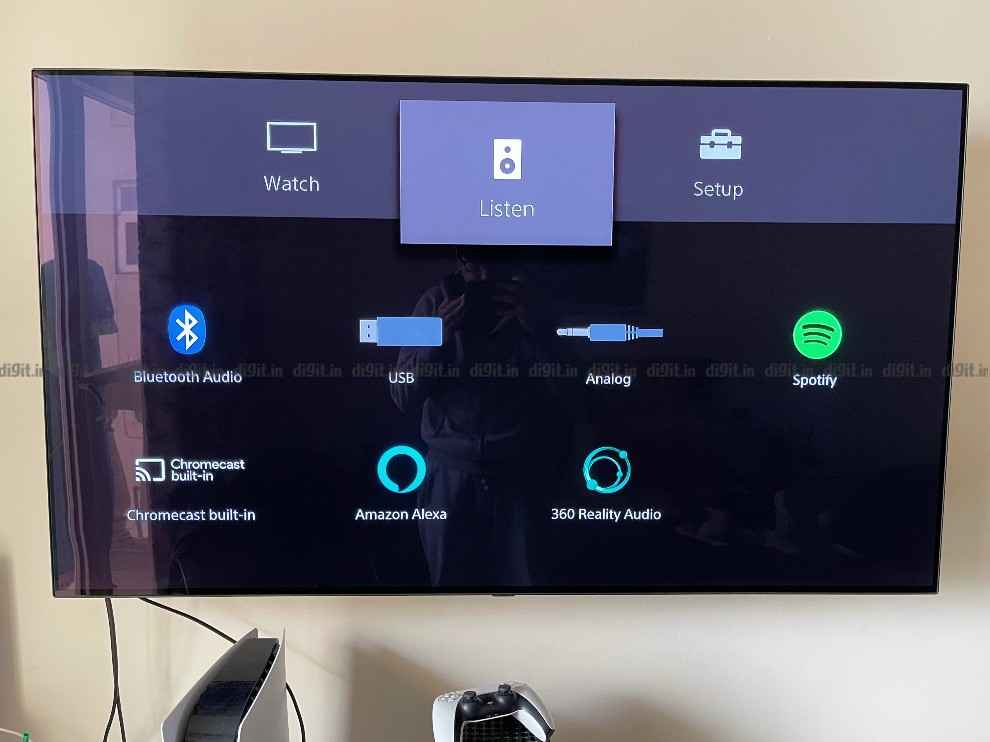
The Sony HT-A7000 has a very commanding presence when placed below your TV. Unlike the Samsung Q950A (review), the Sony has a traditional flat rectangular design. Whether you prefer the sharp edges of the Samsung or the traditional design of the Sony is up to you. What I will give Sony the extra point for is putting the display upfront (unlike the Samsung, which has it on top) so it is readable by the user. And yes, the Sony soundbar does give you the option to dim the display and switch it off completely in case it is hampering your experience.
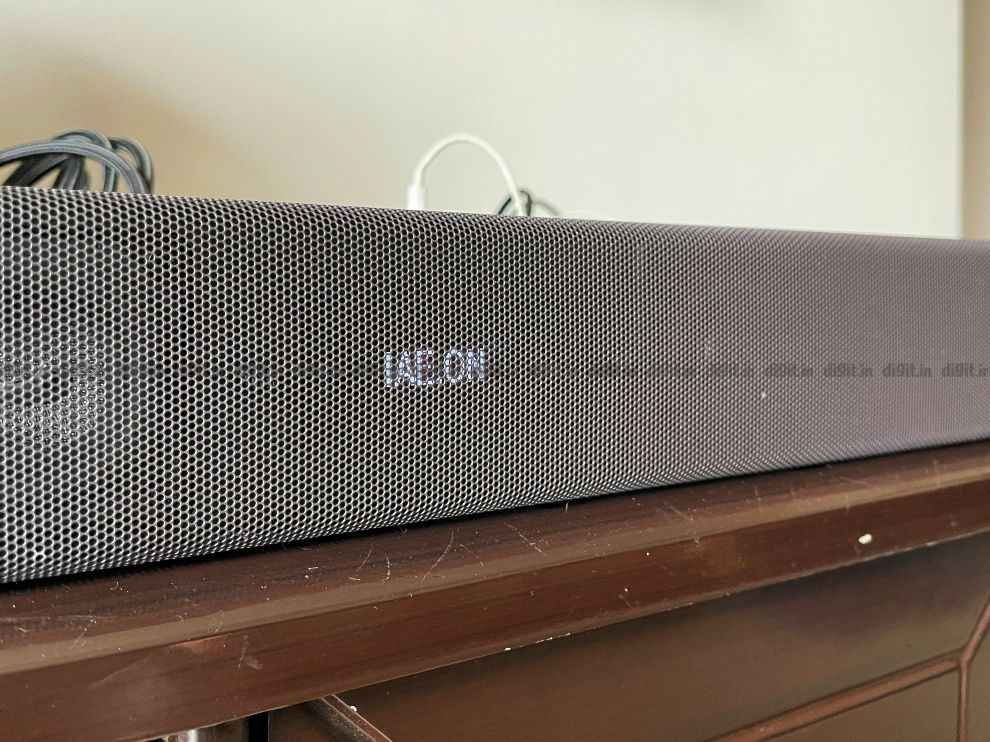
The front of the HT-A7000 has a grill with a premium finish behind which we have five drivers. Unlike the HT-Z9F, this grill is not removable. We also have two beam tweeters for the surround effects. There are two upward-firing drivers as well on the soundbar for height and Dolby Atmos. The left and the right of the soundbar have two ducts that house the dual built-in subwoofers. The upward-firing speakers and the subwoofer duct have a fabric covering similar to what we saw on the Samsung Q950A. The rest of the top has a premium glass finish. You may want to be careful as it is possible in the long term this glass can get prone to scratches. You also have touch controls on the top right corner of the soundbar and while I am one that prefers physical buttons to touch controls, it is just a personal preference. All the connectivity ports are neatly housed at the back with some space for simple cable management.
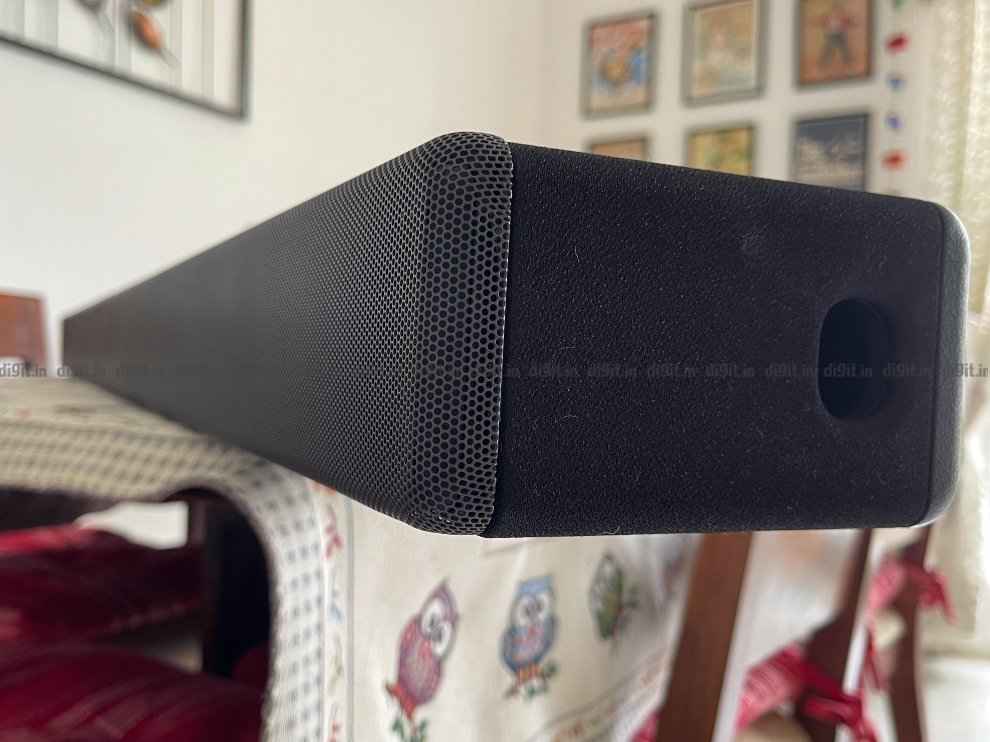
The soundbar is not as deep as say the Sennheiser Ambeo (review), but it will occupy considerable space below your TV. Its length is just right to fit below a 55-inch or even 65-inch TV.
The subwoofer on the other hand has a unique design reminding me of the subwoofer found on the Sony HT-ST5000. The one we have with us is the SA-SW5 subwoofer. It has a textured finish all around with a fabric front. The down-firing driver is slightly elevated for better bass response. It has quite a unique design and is a lot bigger than the Samsung Q950A subwoofer.
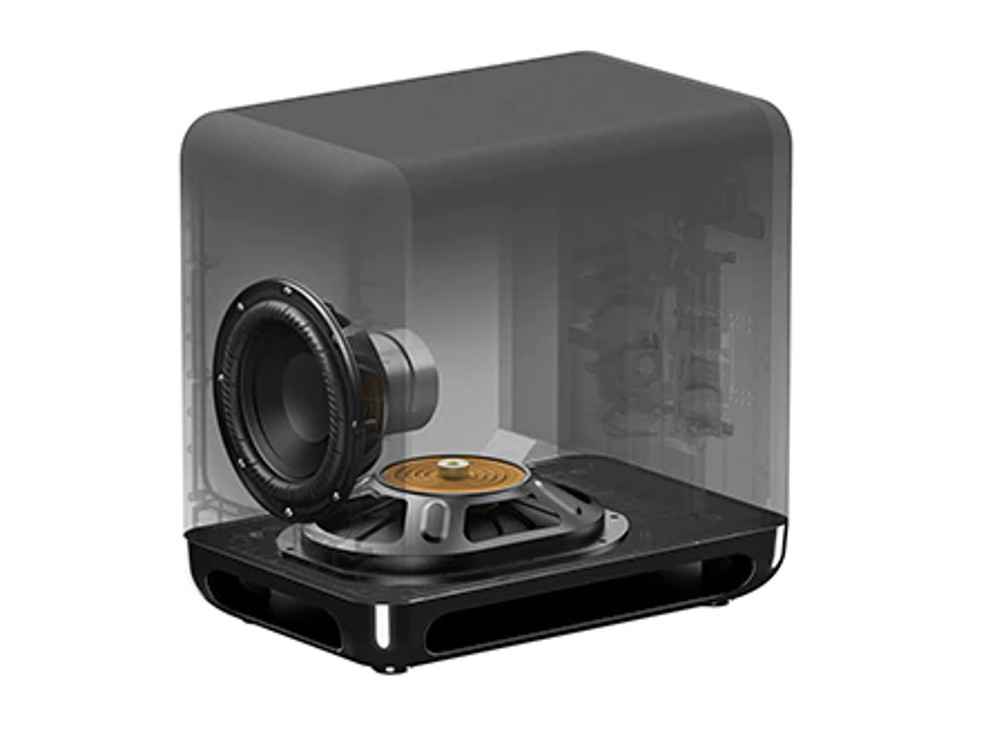
The rear satellite speakers are quite unassuming and remind me a lot of the ones you got with the HT-Z9F. Unlike the Samsung Q950A surround speakers that have 3 drivers facing front, side and up, the Sony has a single driver and a single tweeter facing one direction. I was sceptical about the surround performance of these speakers, but more on that in the performance section. The surround satellite speakers are well built and have a good amount of heft to them. They also have a premium grill covering the drivers, just like the main bar.
All in all, the soundbar is extremely well built and while it may appear minimal when the lights are down for movie night, in the day, this beast will command attention below your TV and that's a very good thing.
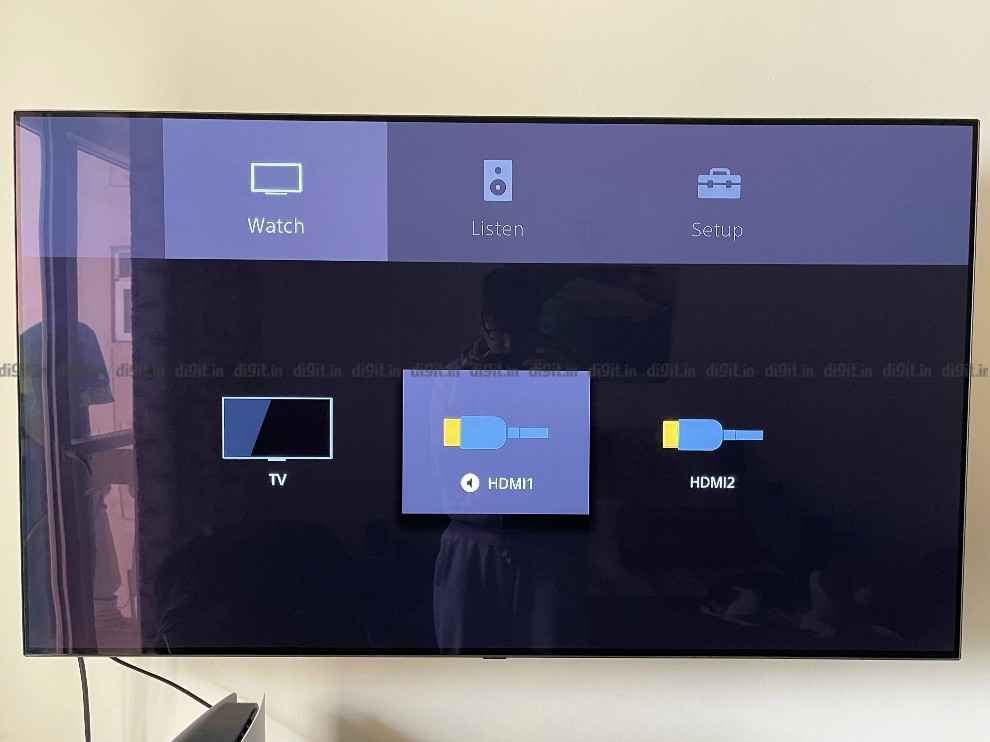
For the course of the review, we paired the Sony HT-A7000 with an LG B9 OLED TV. If you have a compatible Sony BRAVIA TV, then you can use the TV as the centre channel. This wasn't the case for us. However, the LG B9 does support HDMI 2.1 along with eARC, so we were able to exploit Dolby Atmos on this soundbar.
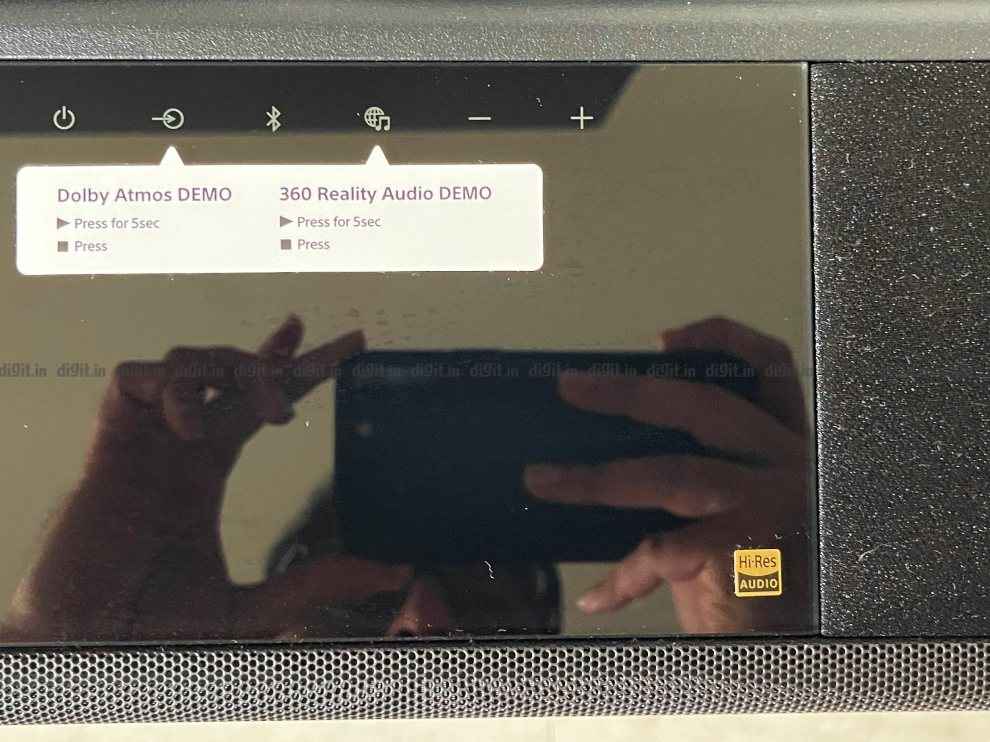
I would recommend that once you connect the soundbar to the TV, during the setup process you will be asked if you want to optimise the soundbar for the room. You should do this as it calibrates the soundbar and speakers to the room. You can do this again from the settings menu if you move the speakers around. You can find this under Setup- Advanced Settings - Speaker Settings - Sound Field Optimization. It really helps increase the surround effects of the soundbar.
For the duration of the test, we consumed content from the TV built-in OTT apps, played some games on a PS5 (Review) and Xbox Series X (review) and also connected an Apple TV 4K to the soundbars HDMI port to test the pass-through capabilities.
Sony HT-A7000 Movie performanceBefore we get into the details of the performance, I have always had one problem with soundbars boasting of Dolby Atmos sound - you never feel like the sound is coming from exactly above you. This feeling is amplified when you play Dolby Atmos content and expect the rain to fall from above you. With the Sony HT-A7000, I am happy to say that there were moments when I looked up at my ceiling, wondering if I heard the sound from above me or was my mind playing tricks on me. Considering the lack of height performance on the HT-Z9F a mere two years ago is a testament to how far virtual surround sound technology has advanced in Sony's library of premium soundbars.
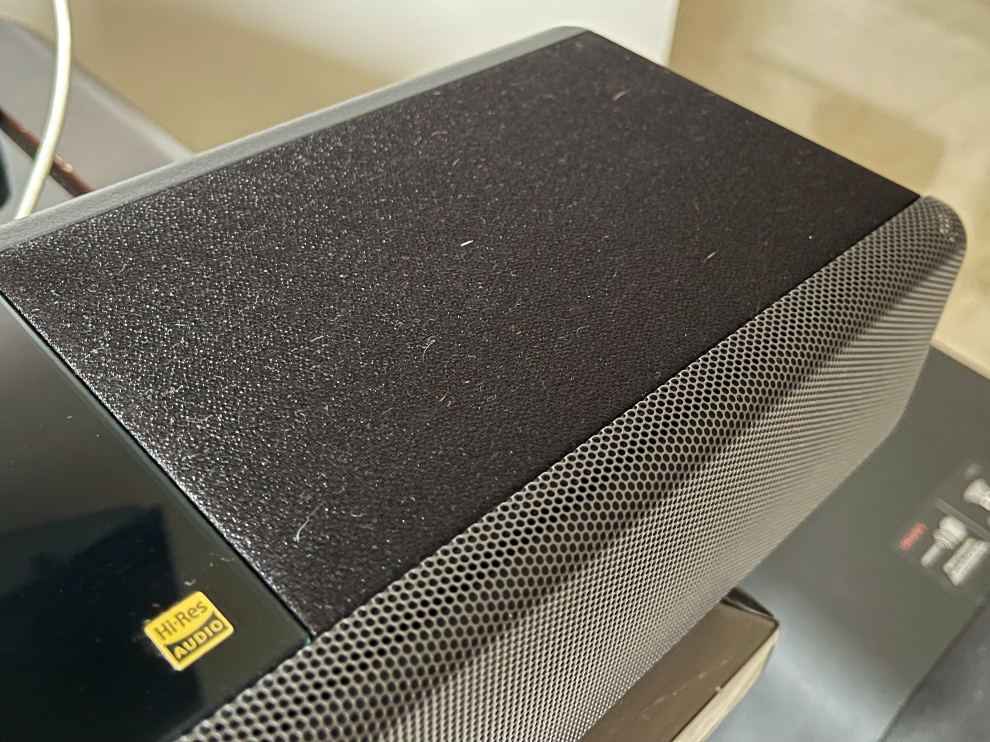
While streaming services have a large catalogue of Dolby Atmos content, we played some of our Dolby Atmos content via a Dolby Atmos demo disc, some content on the Apple TV 4K with moves we’ve purchased and of course, content off streaming services.
Straight off the bat, I’d like to tell you that for the best immersive experience, you should invest in the SW5 subwoofer and the rear speakers. In a movie like Ready Player One’s race at the 13-minute mark, you have a lot of cars whizzing by the screen. There is a ‘jump’ here where all the cars fly through the air and a subway train comes crashing into the cars. This is just one of the instances where I actually looked up wondering whether I heard the sound come from above me or not. Needless to say, all the cars whizzing on screen were very well represented in the surround speakers. To get the best from the surround speakers I increased their volume to max, which is 12. I kept the subwoofer volume at 10 which is just 2 points shy of the maximum volume to get the thumpiest bass when consuming content.
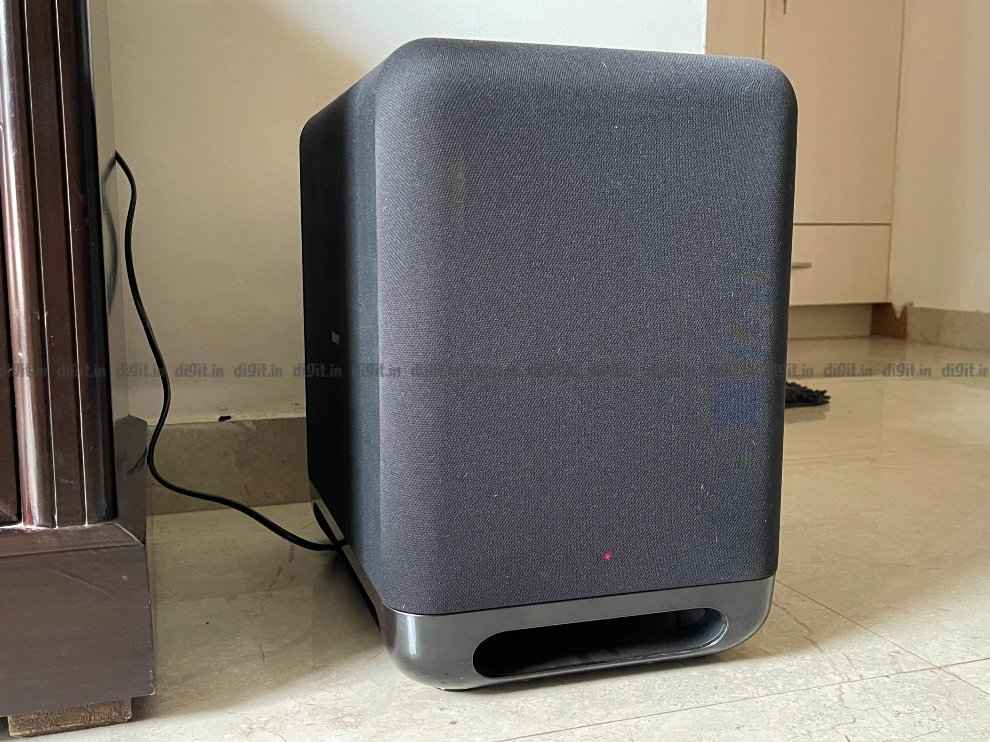
Even in the Dark Knight rises, the motorcycle chase where Batman appears for the first time was impressively executed by the surround speakers. There is an Immersive AE button on the remote control of the soundbar and I highly recommend you enable it as it does widen the area of surround sound.
Even the sequence in Spider-Man: Far From Home, where Mysterio tricks Spider-Man into walking in front of a train is an absolute treat to watch. The sound of the train at the end of the sequence originates from the left surround speaker before filling the room, giving you a very good surround experience.
The movie enthusiast who has access to good surround sound content will definitely enjoy the effects this soundbar has to offer. The soundbar has sound presets like Cinema, Movie and Standard, but I found that leaving it on Auto Sound yielded the best results.
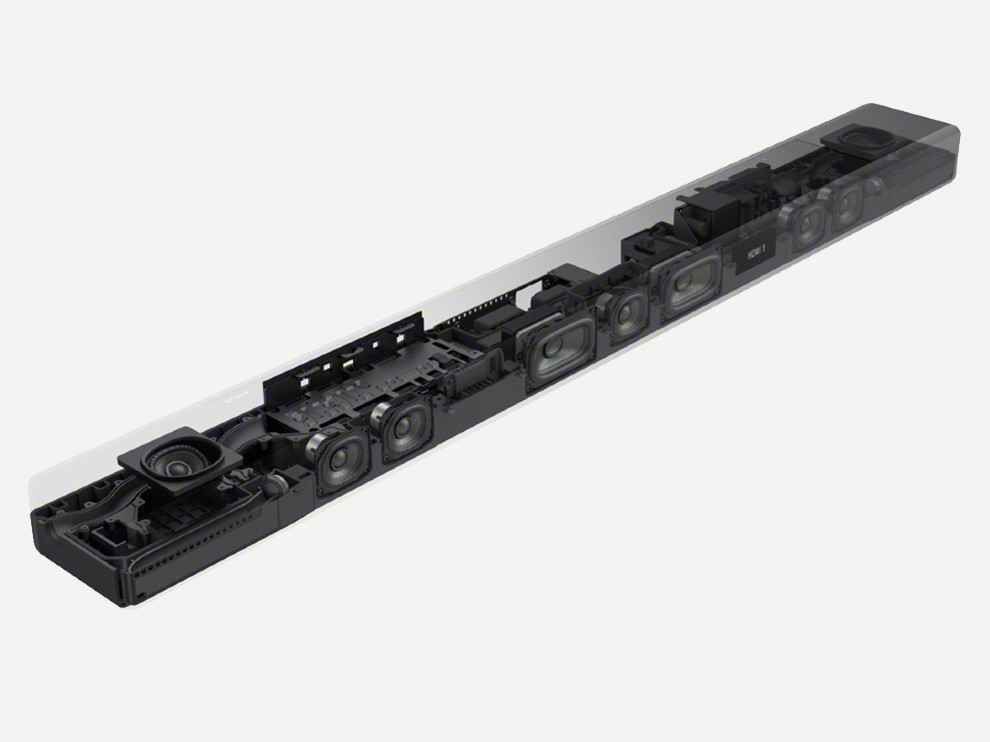
We tested the soundbar in a 12-feet by 14-feet room and it was more than enough to bring the house down. For the most part, I left the soundbar at 60% volume and got a very rich experience. Going beyond 80% made the room vibrate considerably.
Sony HT-A7000 Music PerformanceBefore we get into music, know that the soundbar supports Sony’s 360 Reality Audio and while I couldn’t get my hands on any music mastered in 360 Reality Audio, there is a demo on the soundbar to give you a taste of the feature. Apple Music does have content in Dolby Atmos and we played music primarily by connecting the smartphone to the bar via Bluetooth and also some content from the Apple TV 4K connected to the soundbar.
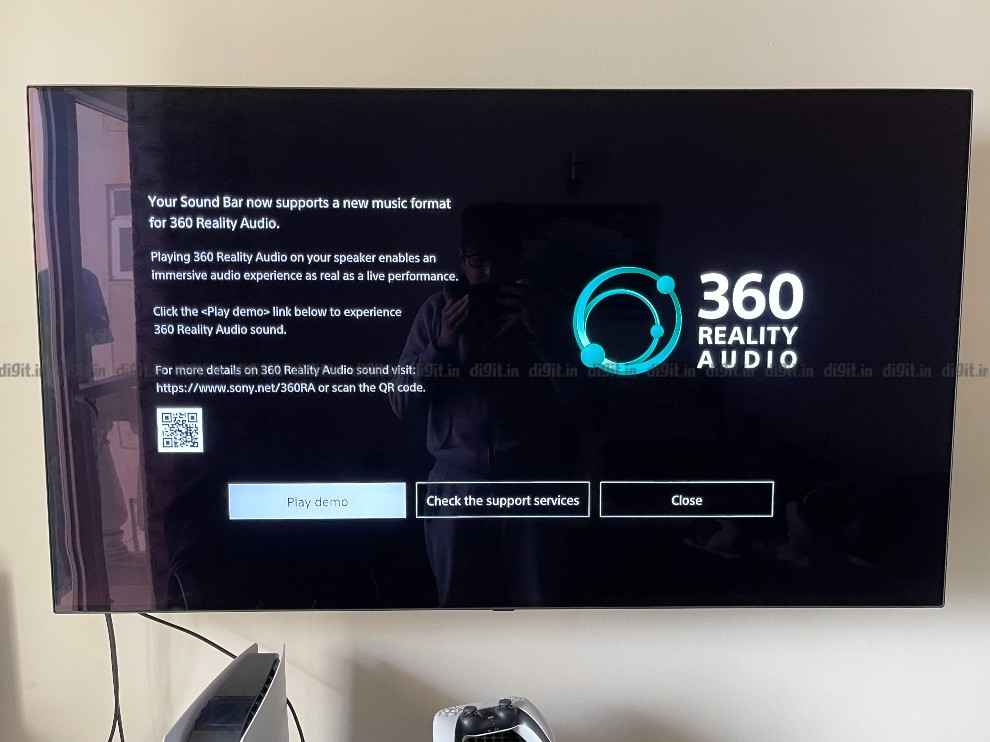
The soundbar does have quite pronounced bass in music and you can manually tune this down if you like. While I know most in India prefer bass-heavy music, the added bass is signature Sony and does not sound bad. Vocals are clear and instruments come to life. Whether you are listening to Mamacita by Black Eyed Peas or The Weekend, some Daft Punk or even some Punjabi music from Jalebi Baby to Bijlee Bijlee by Hardy Sandhu, the soundbar is a sublime experience. Some of the songs do bring their surround effects into the mix as well. But even without that, the separation of the instruments, the clarity of the vocals and the thump of the subwoofer make this soundbar enjoyable for music as well.
Sony HT-A7000 Soundbar Gaming PerformanceSony’s 3D audio on the PlayStation 5 is quite impressive when it comes to headphones and I am patiently waiting for it to make its way to soundbars. Until then, you can expect some excellent surround sound from the HT-A7000. Once again, the channel separation and surround effects work really well. In a game like Uncharted 4 when you are in the middle of a firefight, you can hear the bullets whiz all around you. Similarly, in a game like Spider-man Miles Morales (review), you get this immersive surround effect when you trigger your Venom powers. Even in Ghost of Tsushima (review), when an archer fires from offscreen, you can hear it from the respective surround speaker.
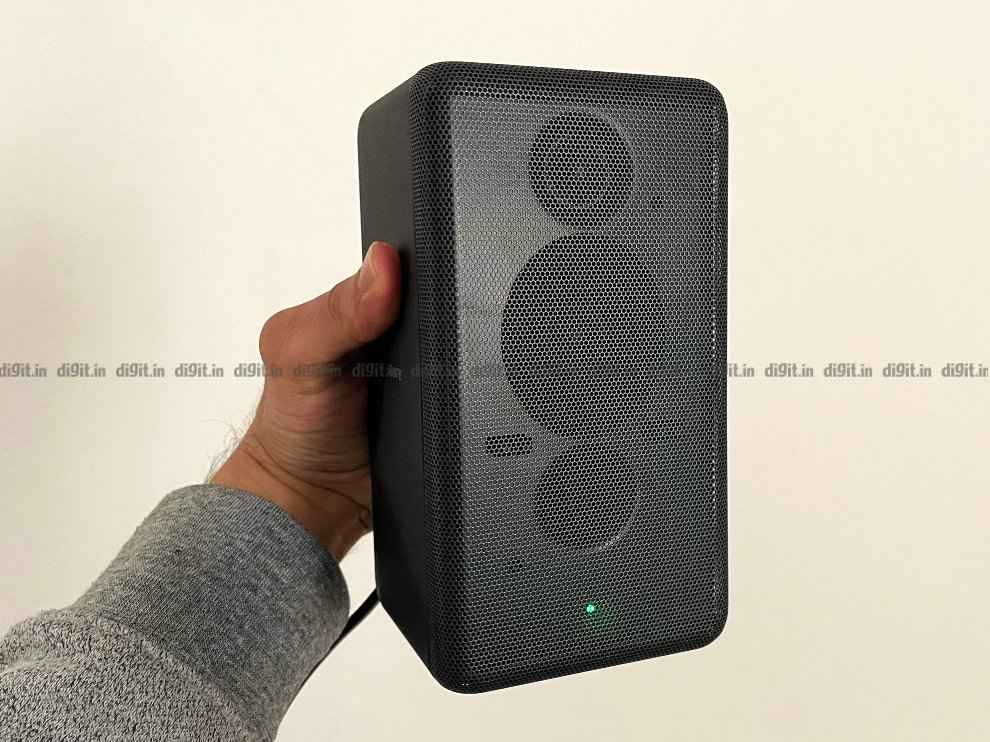
For the surround output overall, I thought I’d be disappointed that the SA-RS3S surround speakers lack the up-firing and side-firing drivers we've seen in the Samsung Qn950A, but that wasn’t the case. While it is difficult to comment on which system is better without hearing them side by side, I think each brings its own advantage to the table. For the SA-RS3S surround speakers, I placed them equidistant at ear level 4 feet away from me and found the experience to be very good. Then I replaced them and sat in my ideal position at home which placed the left surround speaker 2 feet away from me and the right 6 feet away, both at ear level and facing me. After calibrating the home theatre, I got a very good surround experience. Without the SA-RS3S surround speakers, the soundbar tries to enhance its channel separation to mimic a surround sound experience and while this may get the job done for a small room, I think investing in the surround speakers is paramount for an immersive viewing experience.
Sony HT-A7000 Remote ControlThe Sony HT-A7000 comes with a simple remote control that's almost identical to the one found on the HT-Z9F, with a few key features moved around. In addition to controlling the input source, you also get access to the Immersive AE (which I recommend you switch on and forget about), control for the volume, surround and subwoofer levels along with playback controls. The remote control is functional, intuitive and easy to use. Its only downside is that you need to point it directly at the soundbar to use, which can feel a little dated.
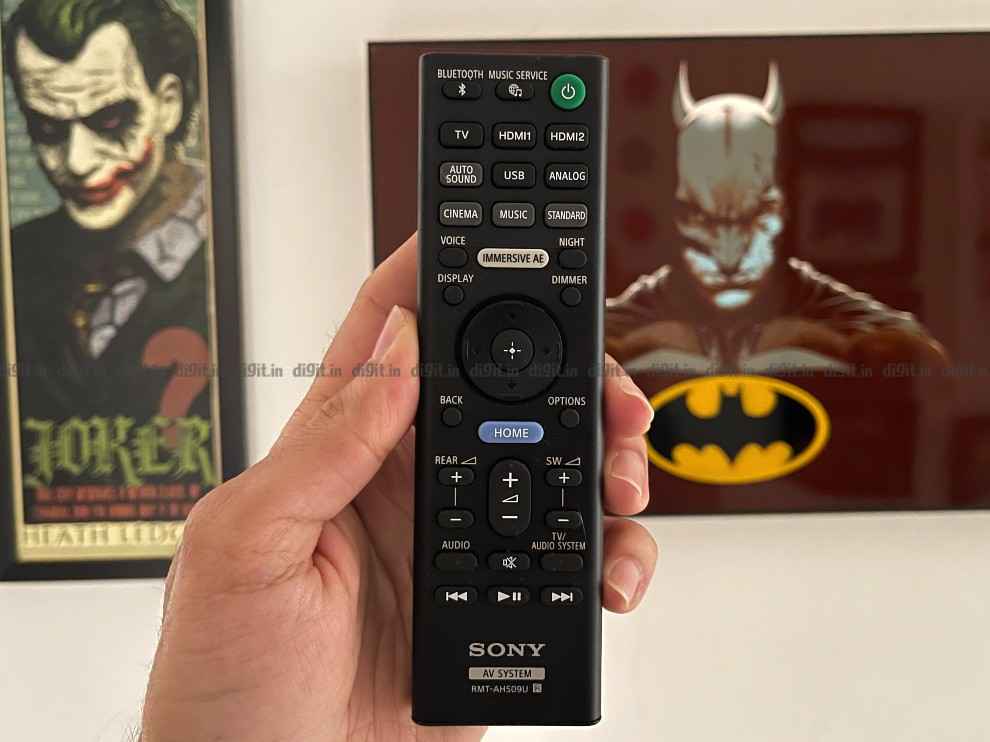
The Sony HT-A7000 is a fantastic soundbar for the home theatre enthusiast who doesn't want to run cables through his house. It has a simple plug and play setup and the soundbar can auto-calibrate itself to your room. It supports all popular formats including Dolby Atmos and Sony’s own 360 Reality Audio. It has two HDMI 2.1 ports for a 4K 120Hz pass-through. The soundbar is yet to receive an update to support VRR (Variable Refresh Rate) and ALLM (Auto Low Latency Mode) but the two HDMI 2.1 ports make this device futureproof. It has excellent build quality. The overall sound quality is absolutely immersive with a decent representation of Dolby Atmos height channels via its up-firing drivers. The only downside is that the soundbar is very premium priced. As of writing this review, the Sony HT-A7000, paired with the SW3 subwoofer is priced at Rs 1,50,980. The variant we got for review - the HT-A7000 paired with the more powerful SW5 subwoofer is priced at Rs 1,77,980. The SA-RS3S surround speakers are an additional Rs 30,990. It does deliver some breathtaking sound with some impressive surround effects when you get the complete package, but then again so does the Samsung Q950A which is available for almost half the price. I would highly recommend you visit an offline store and experience these soundbars as you truly have to experience them to believe how sublime they sound.
from Audio Video Reviews https://ift.tt/3nW8MAY
